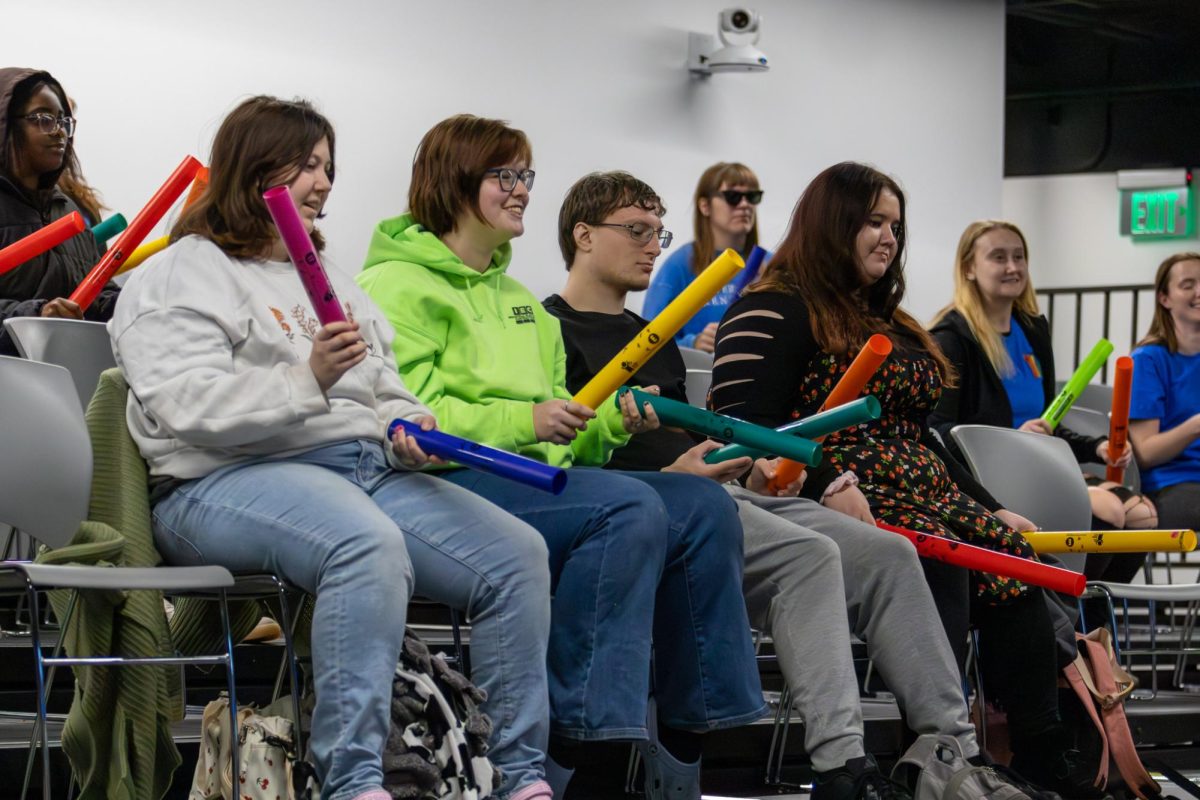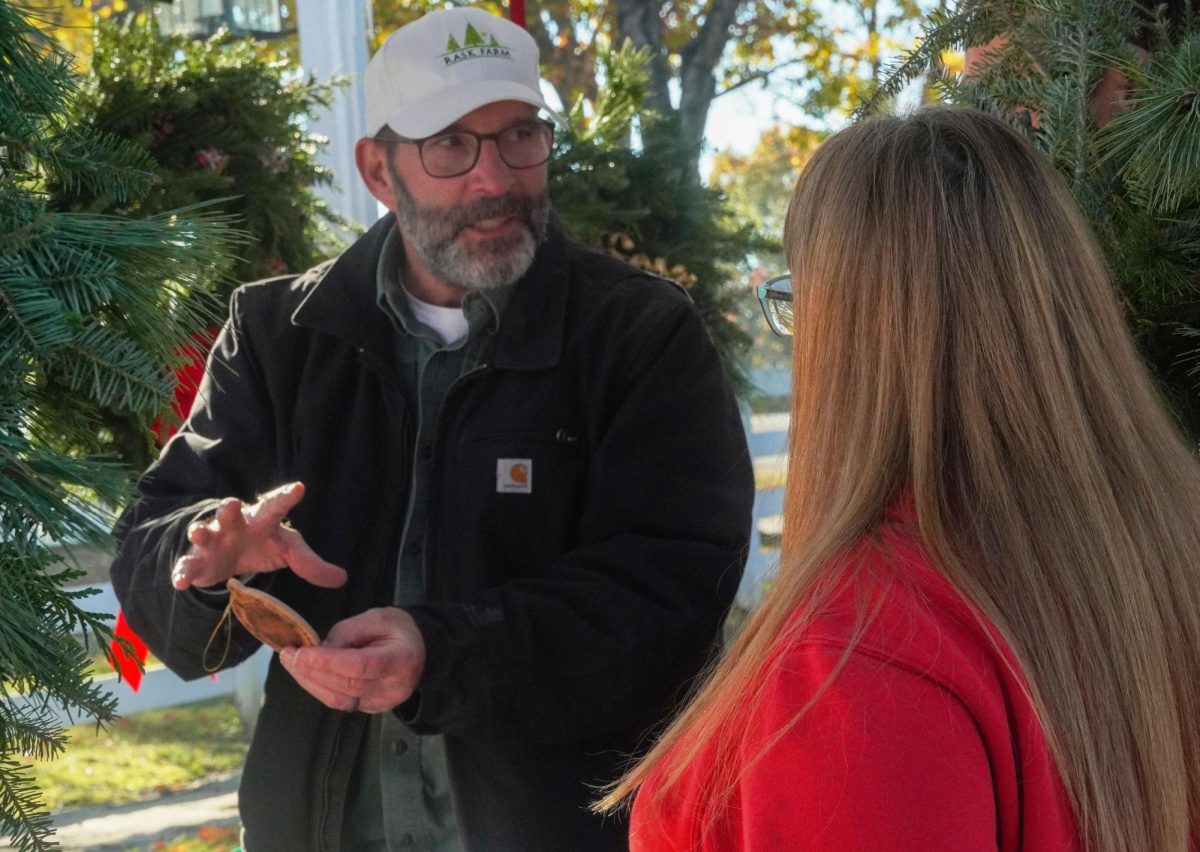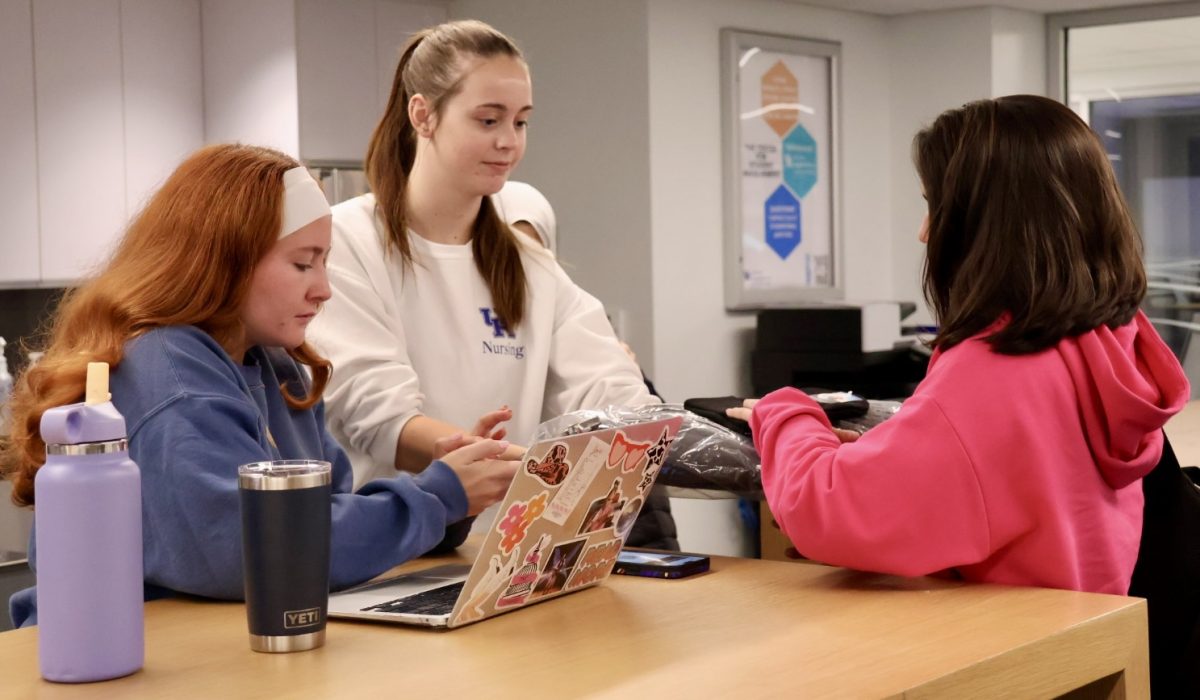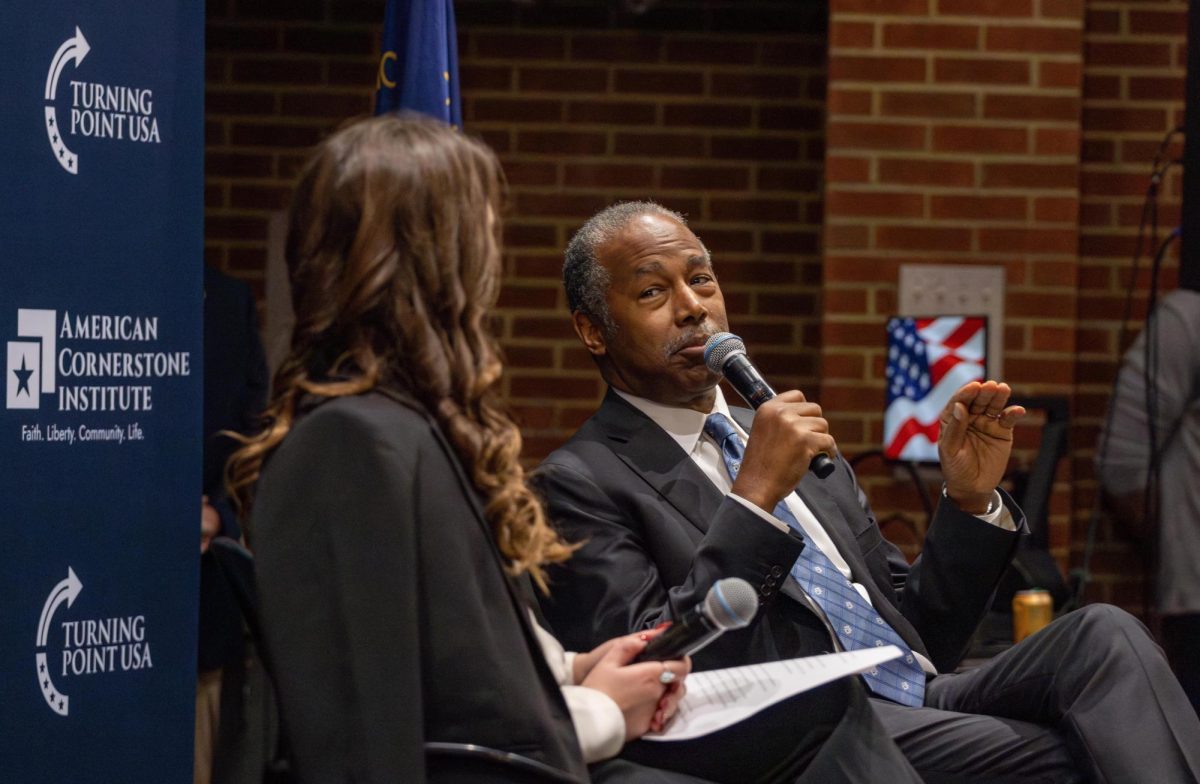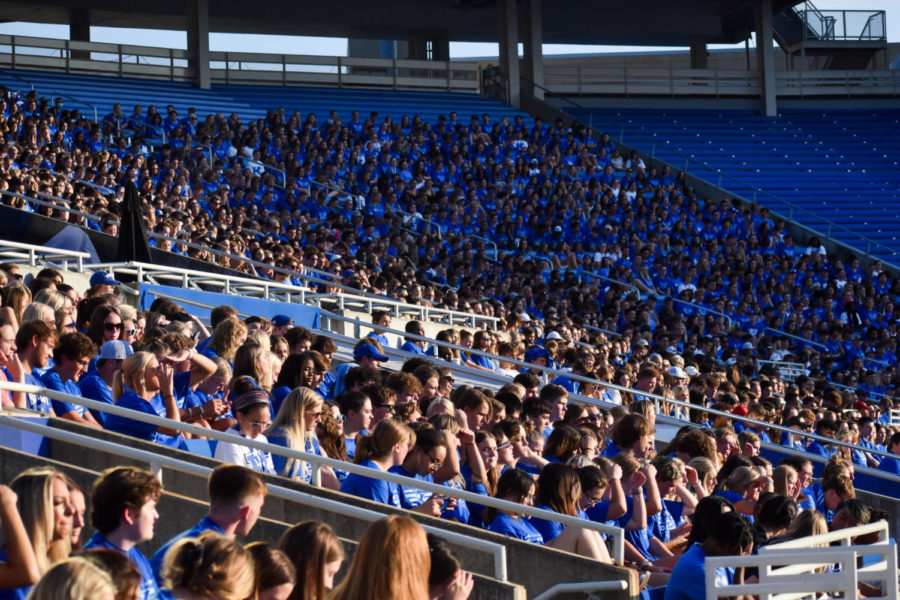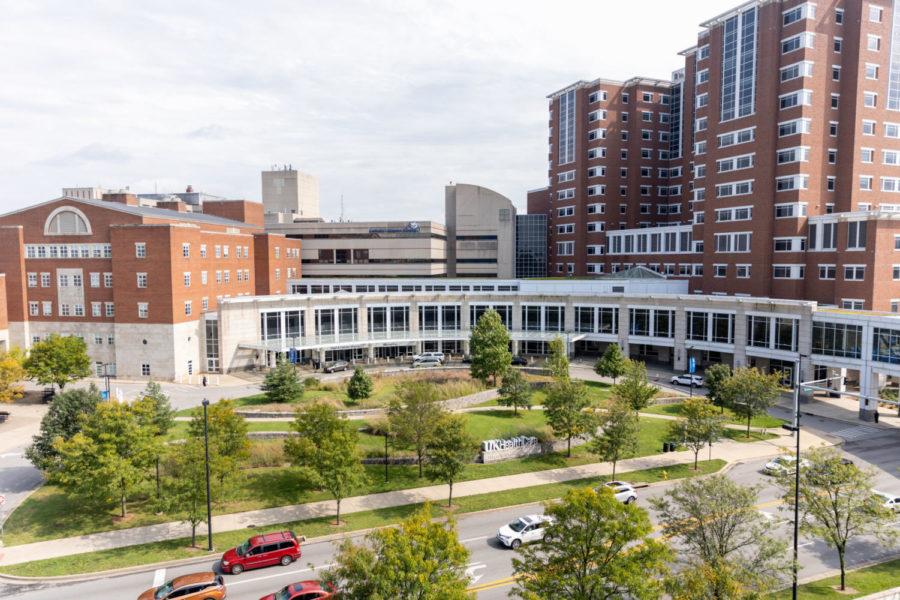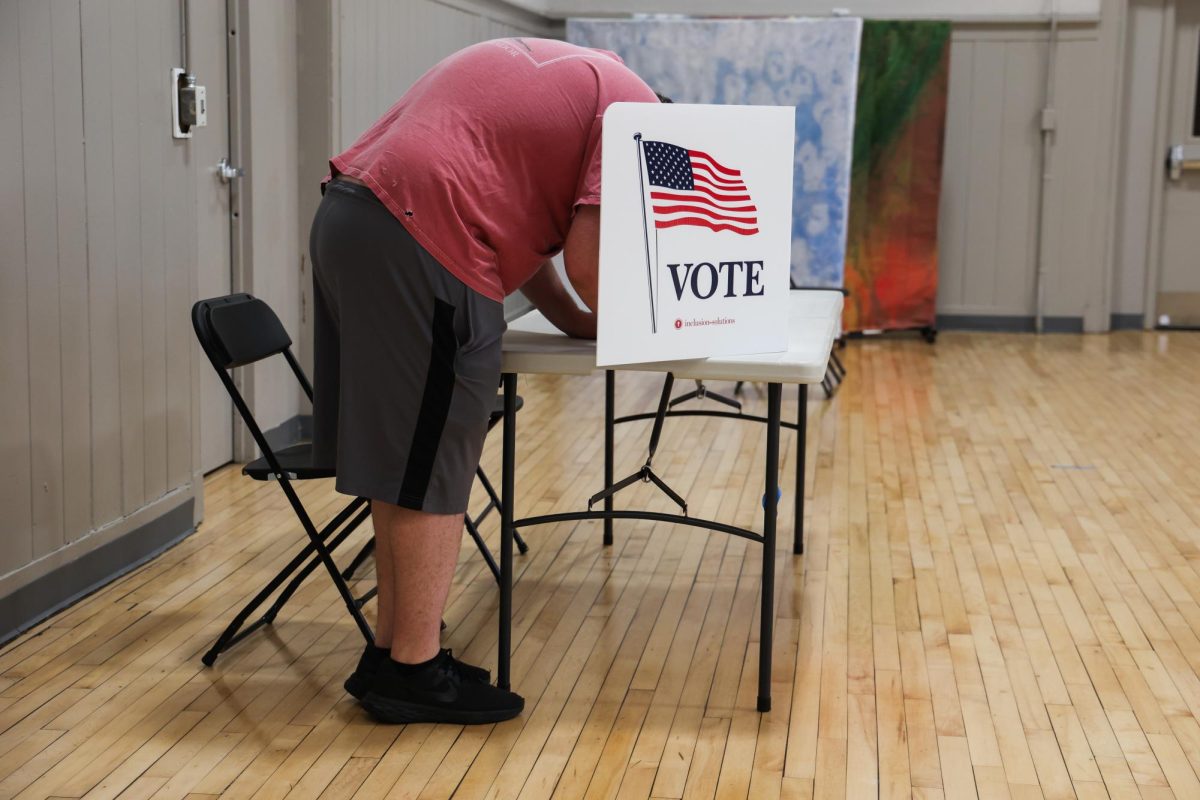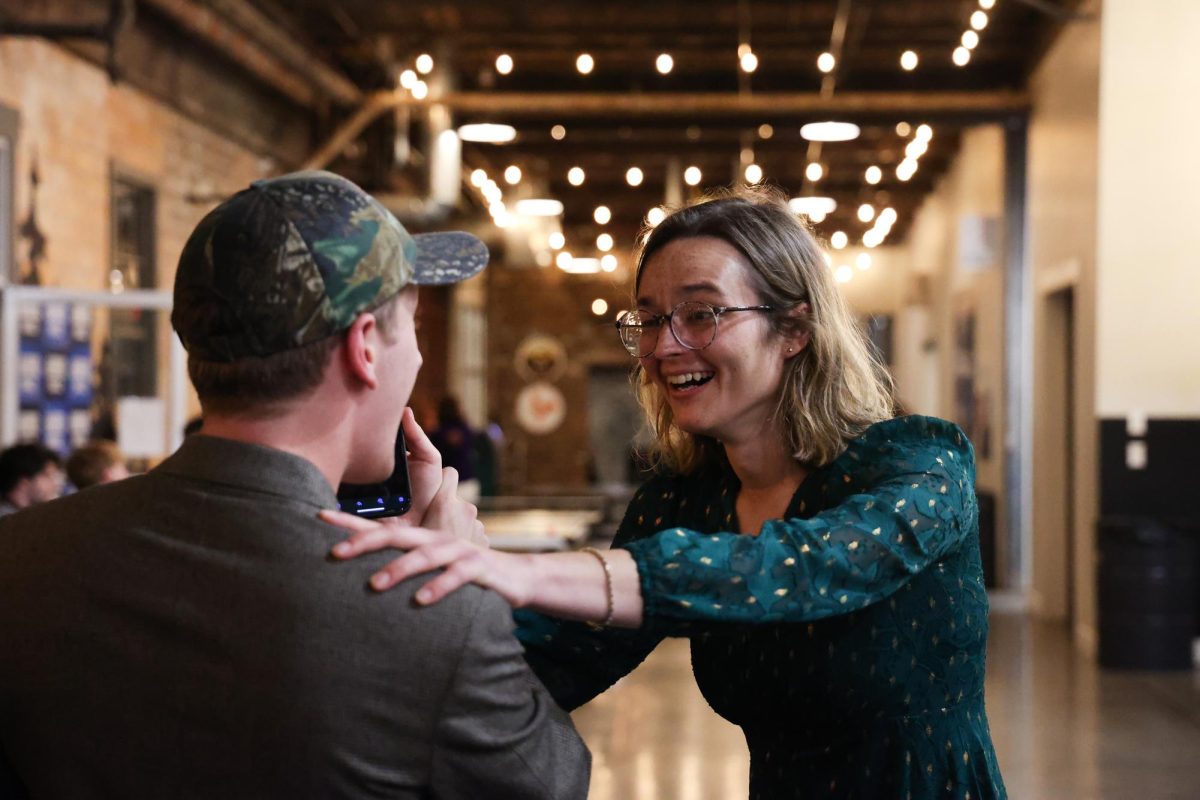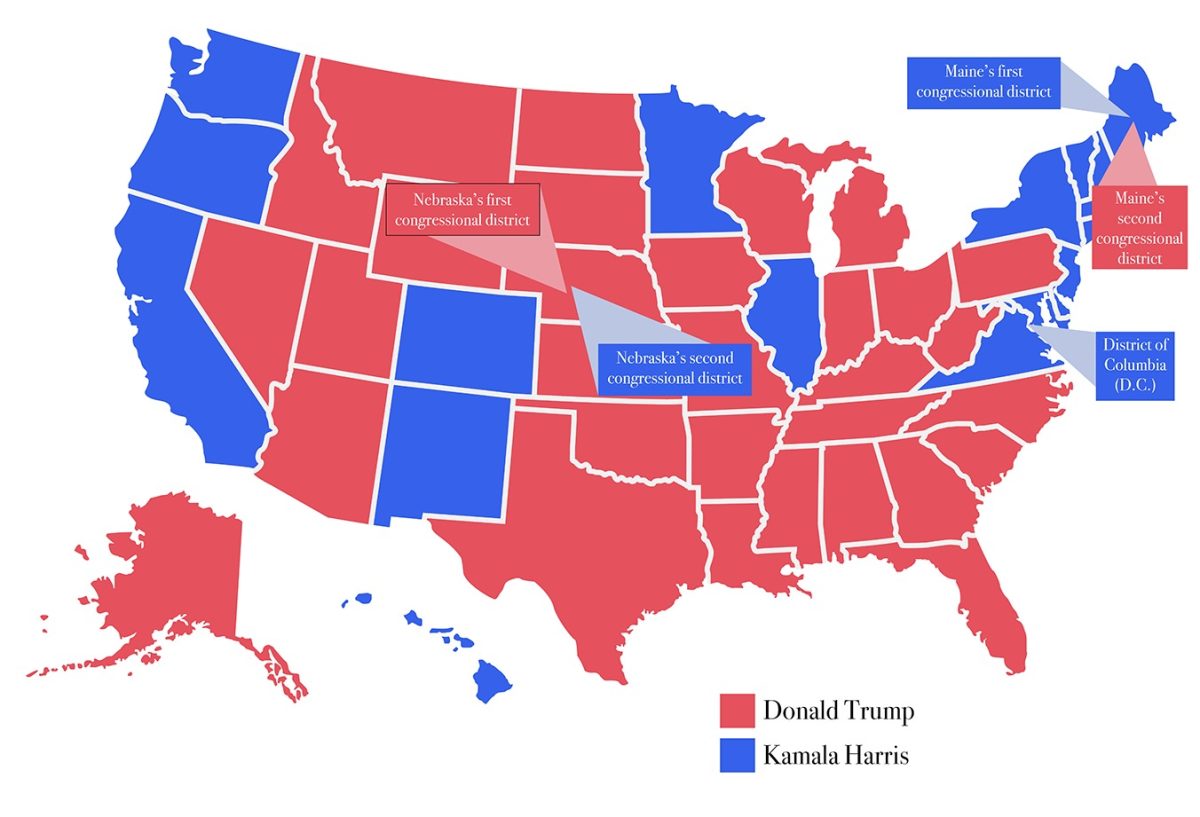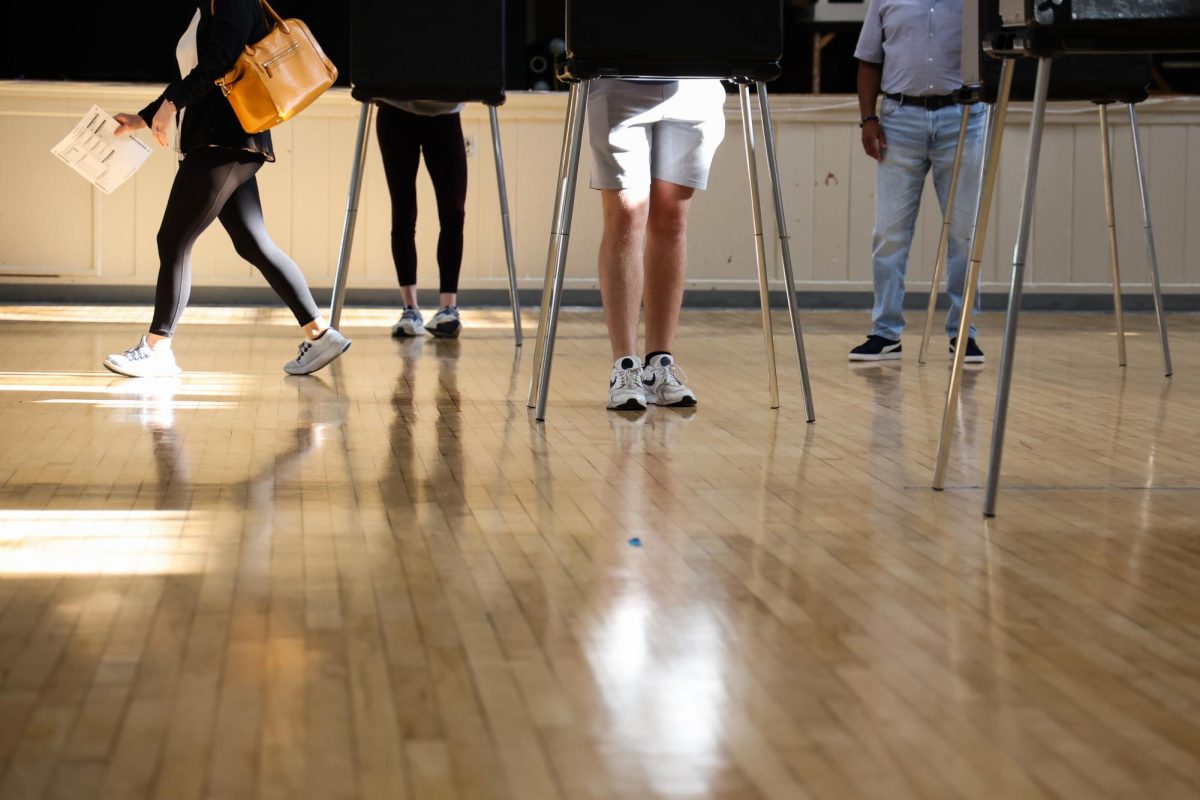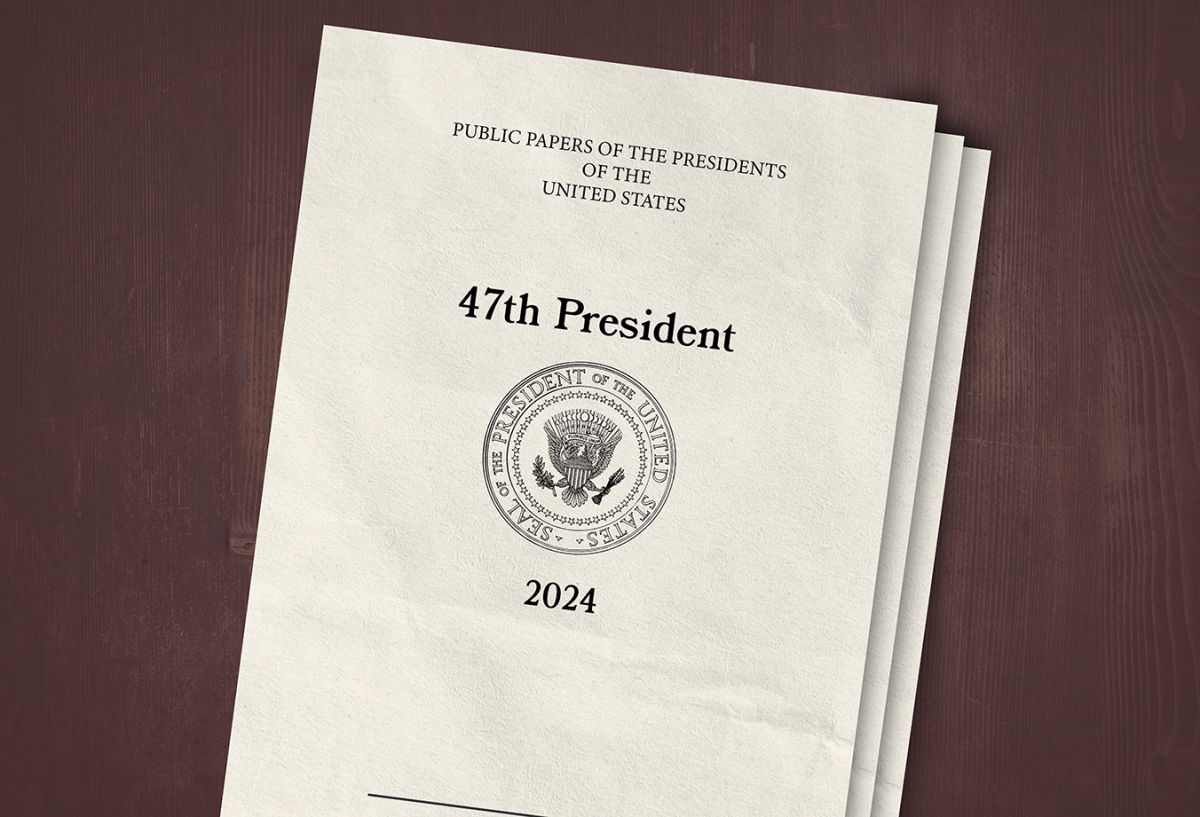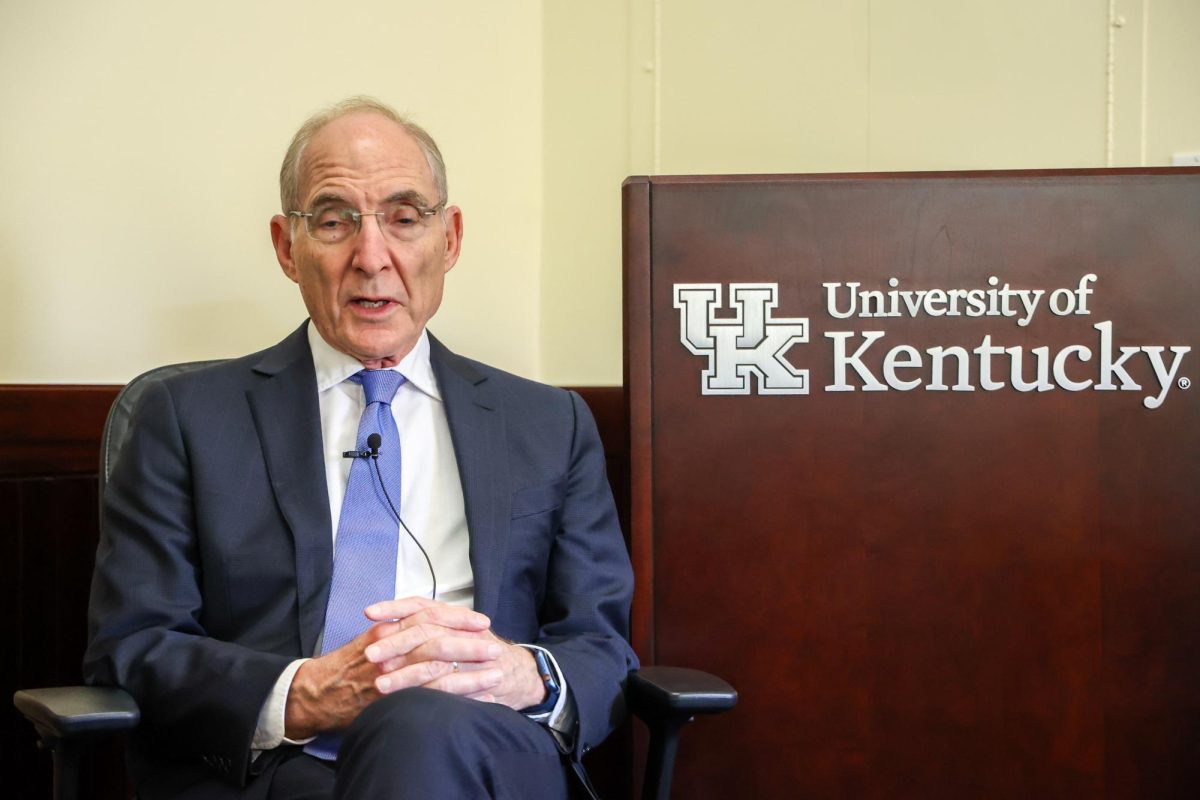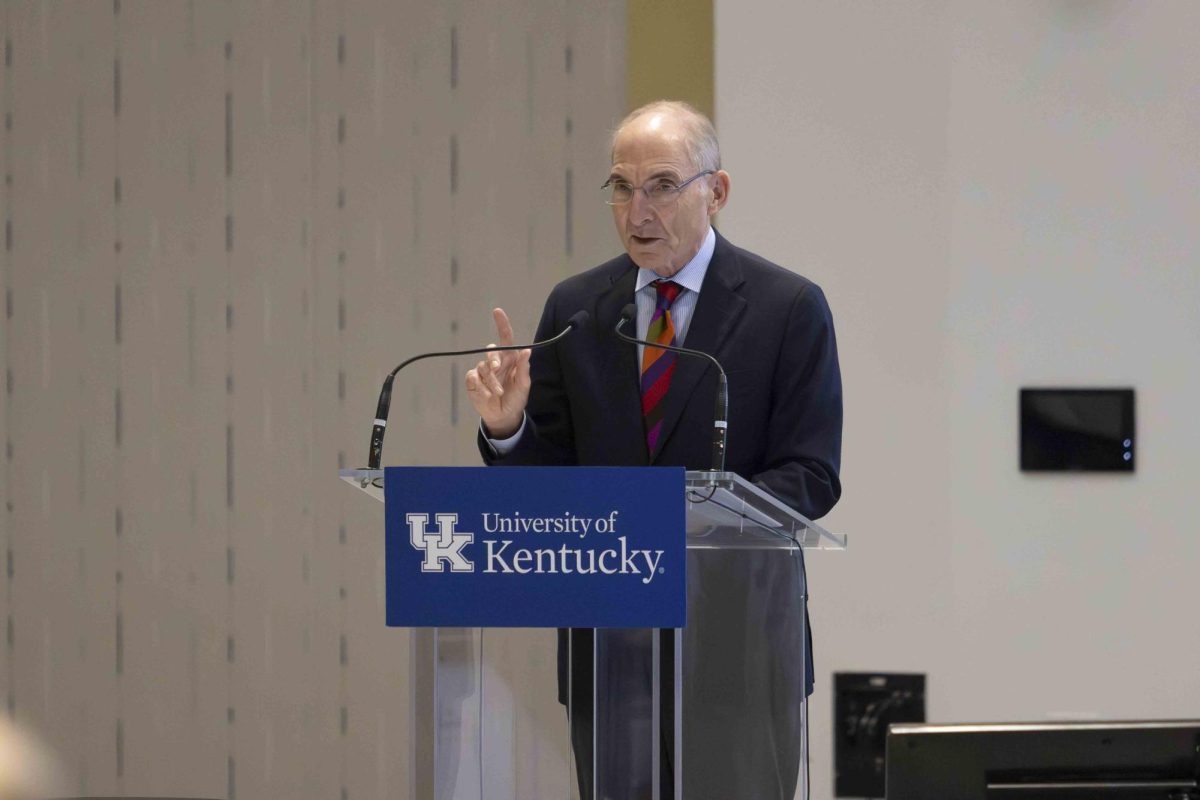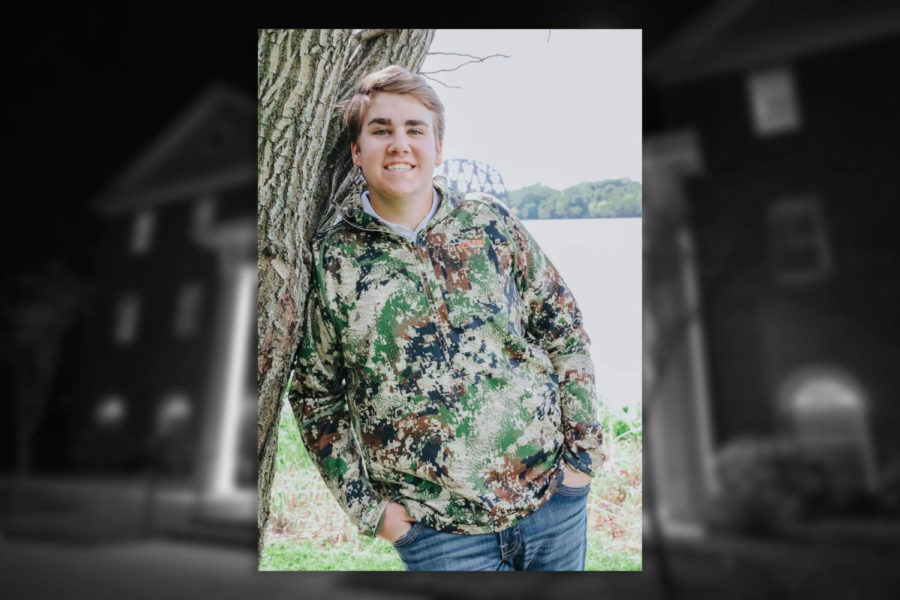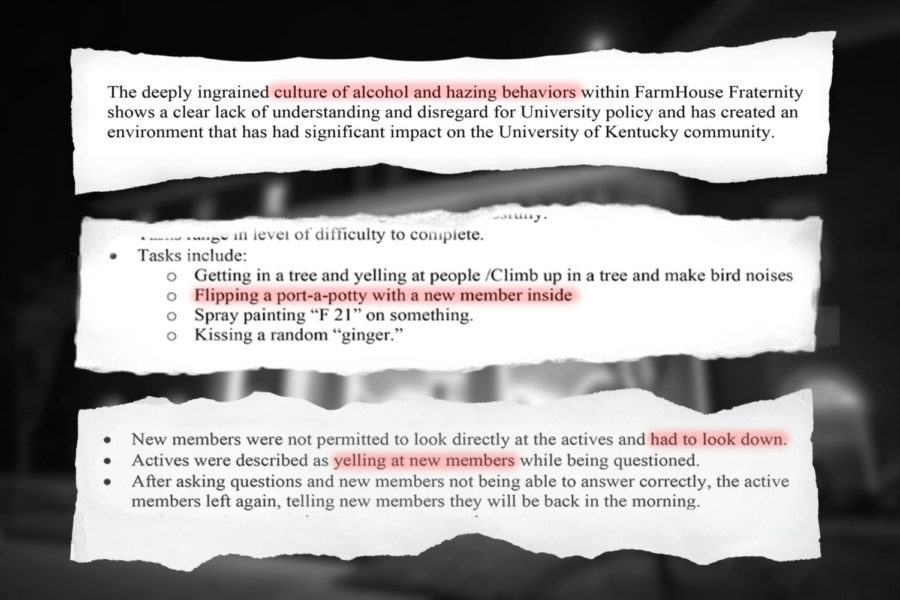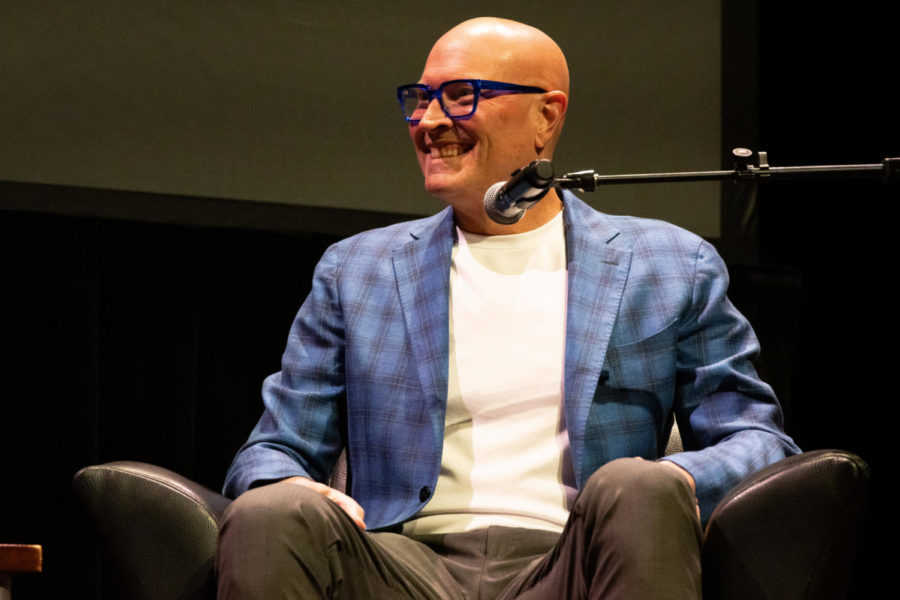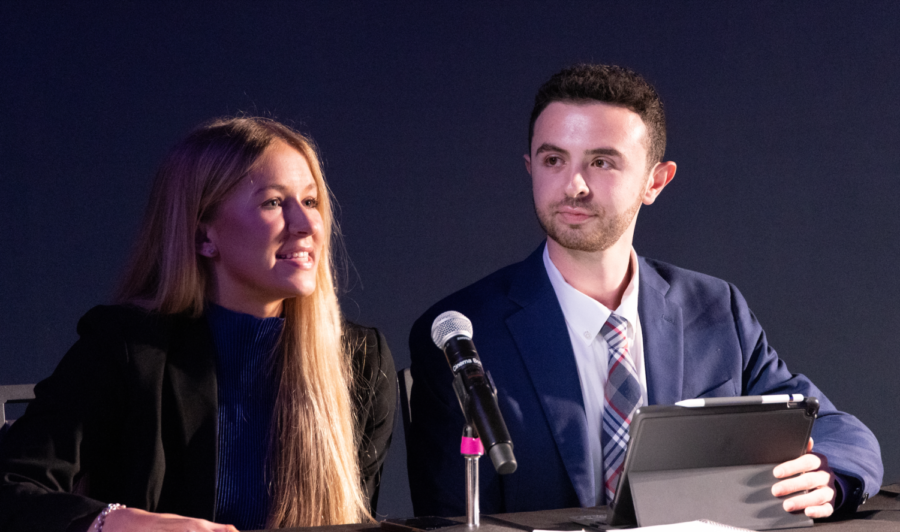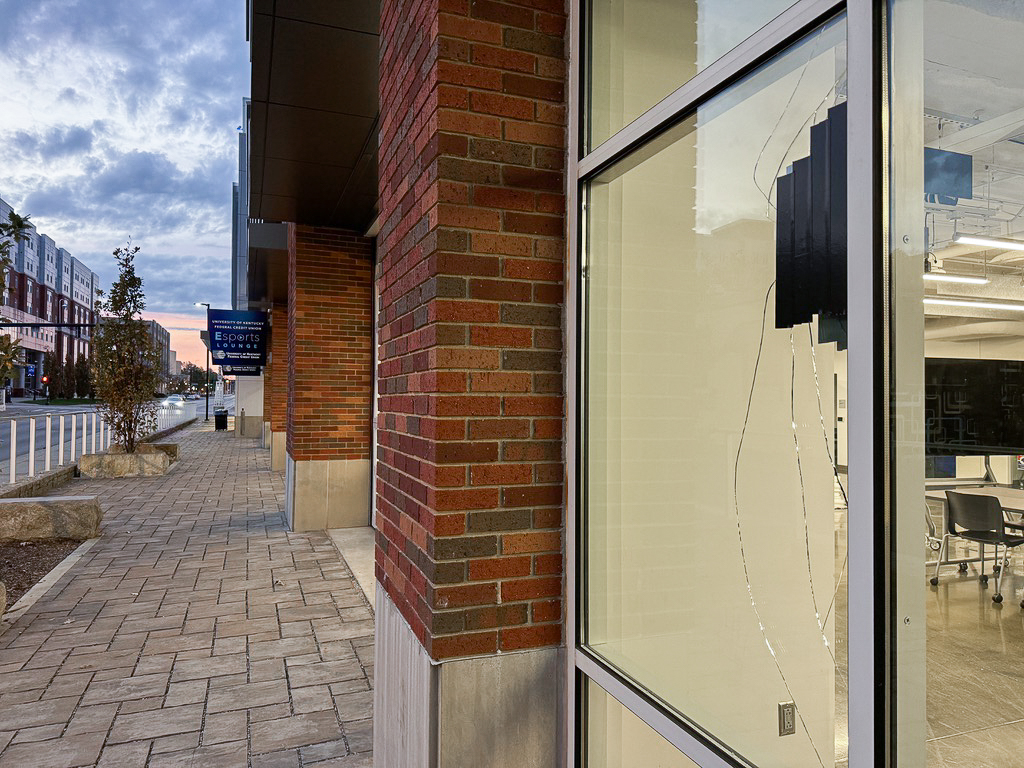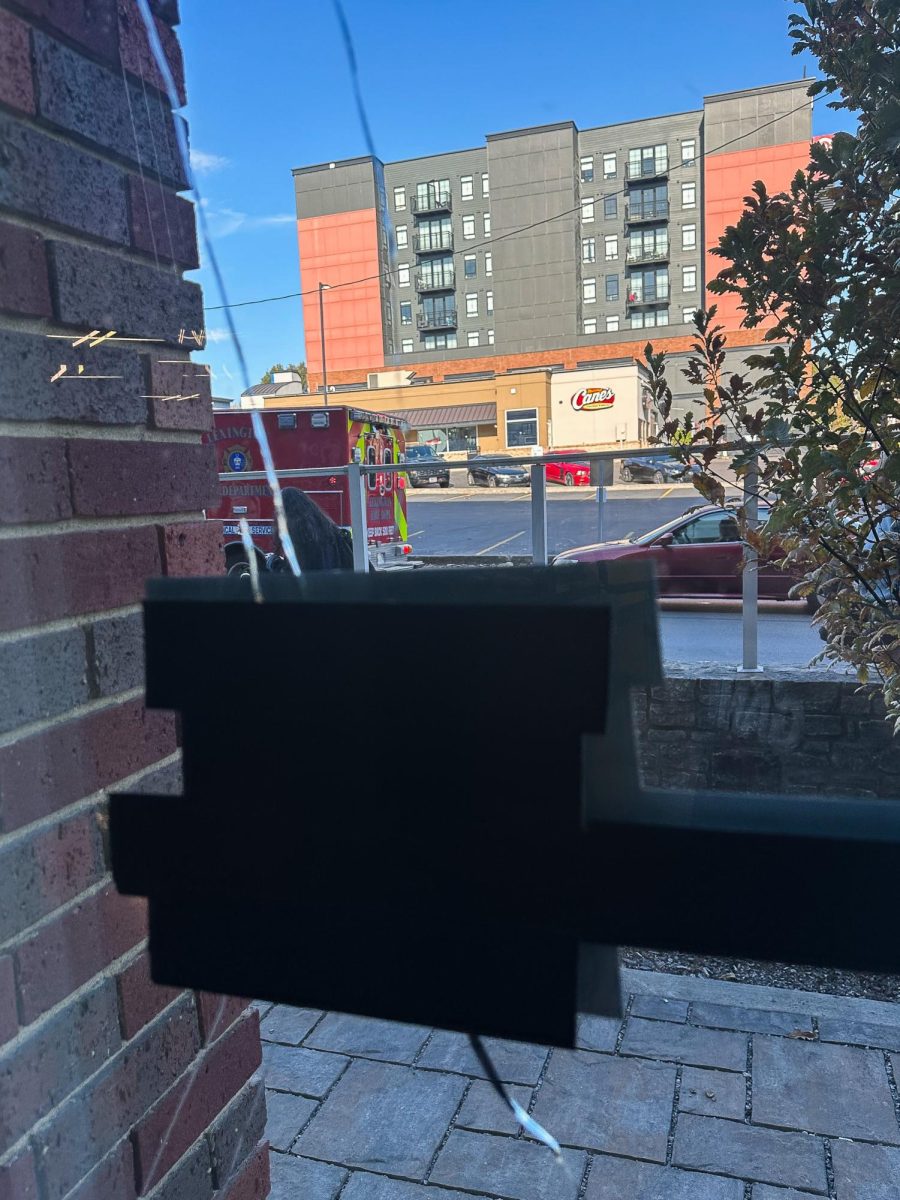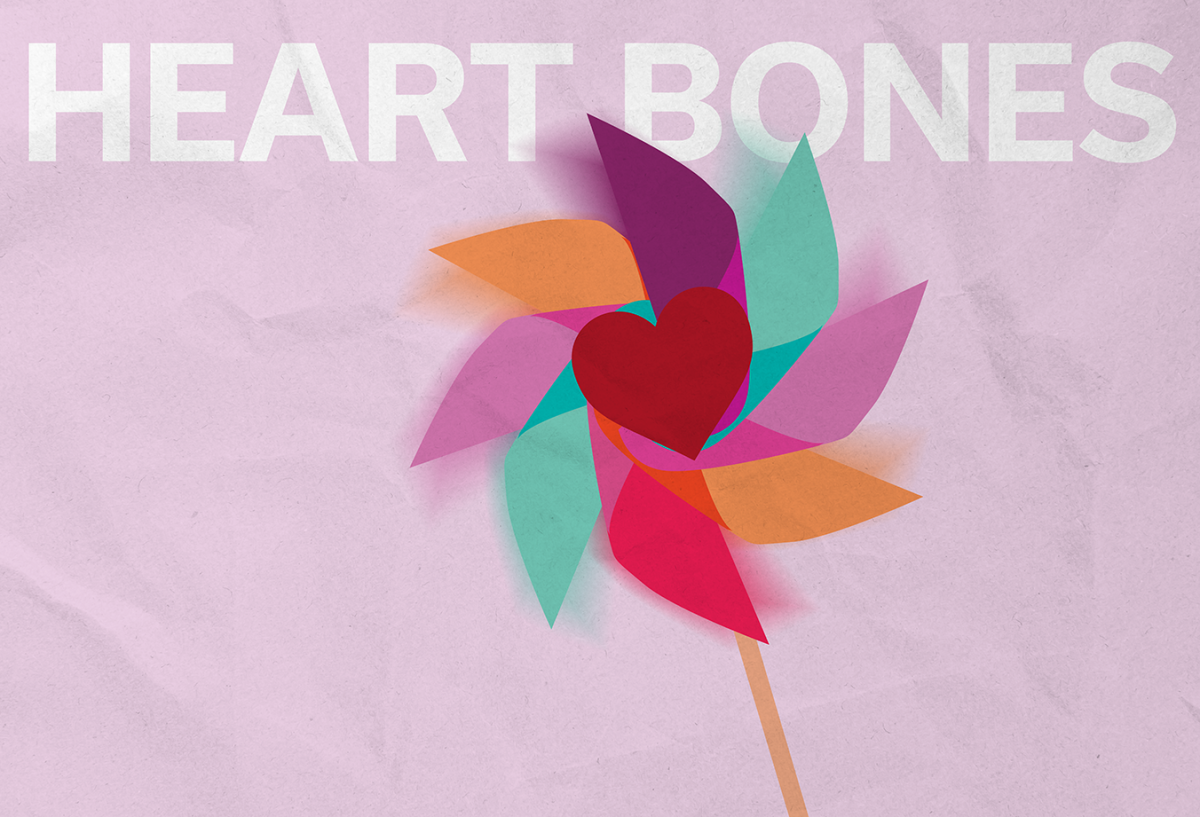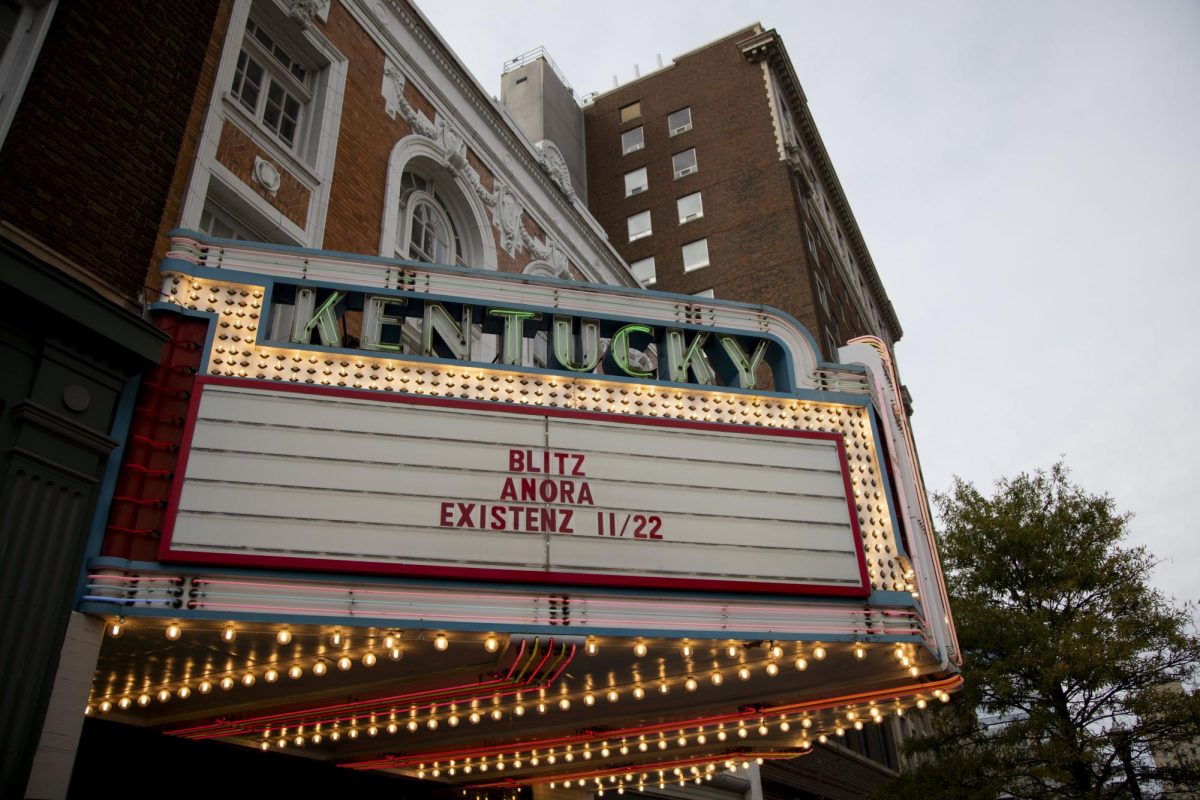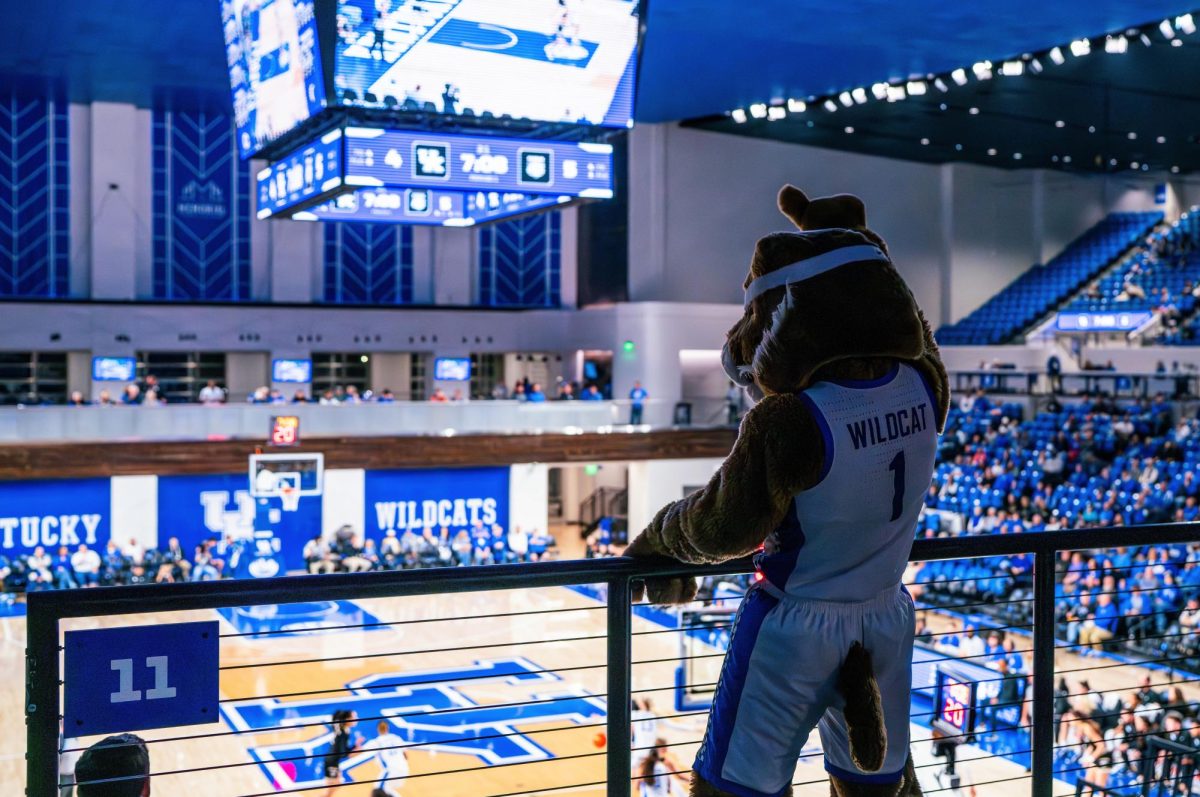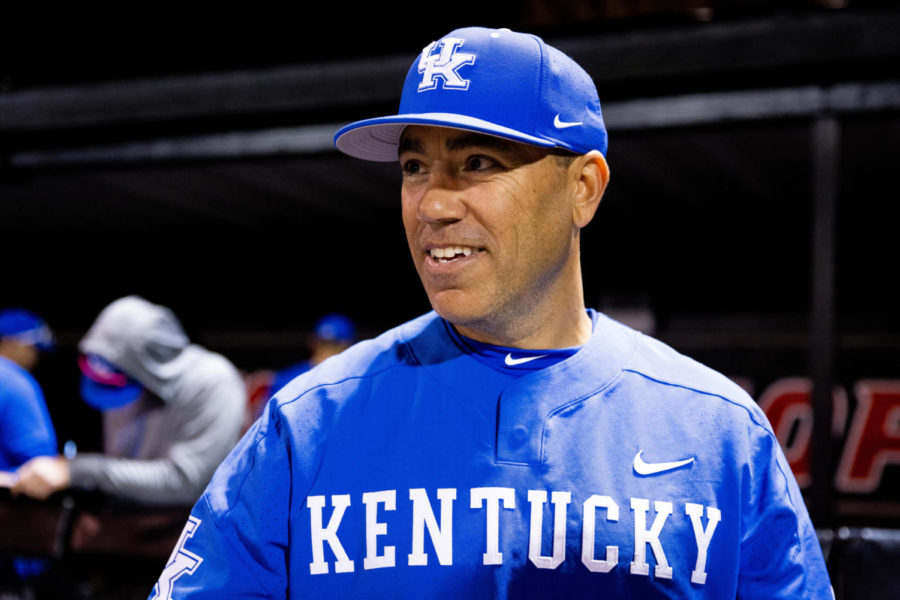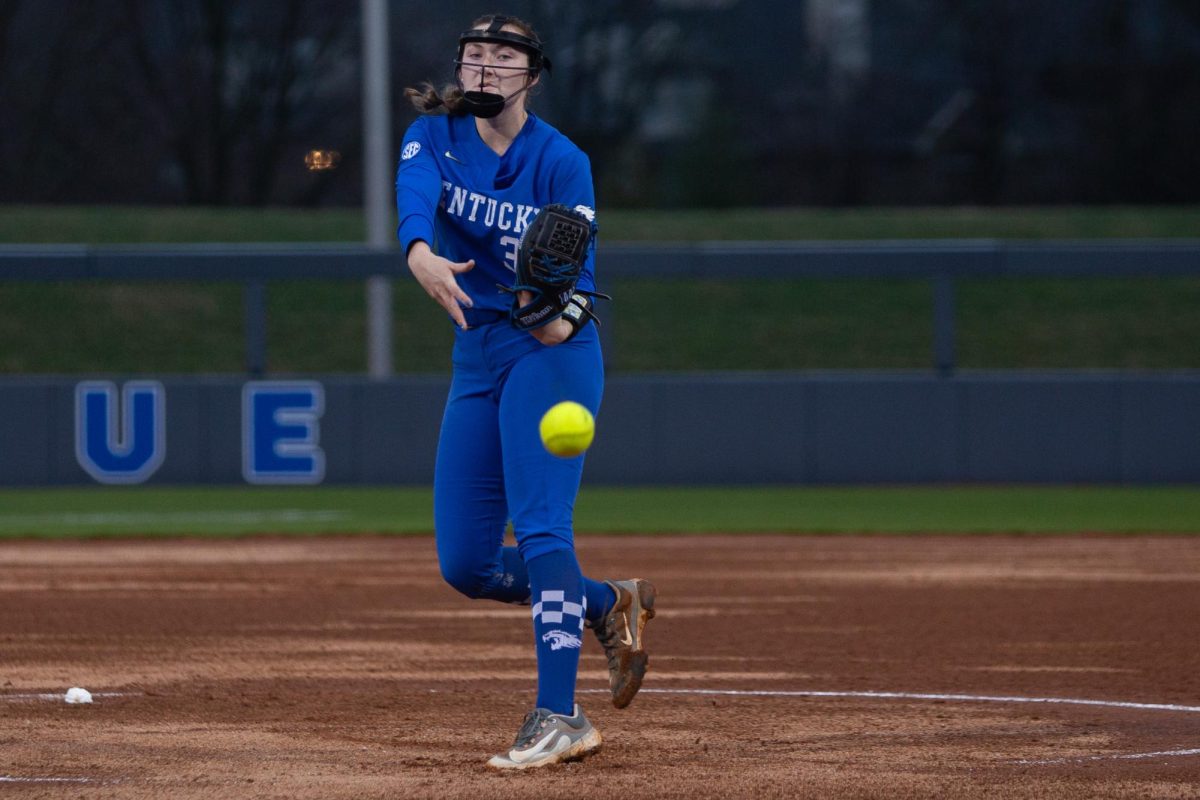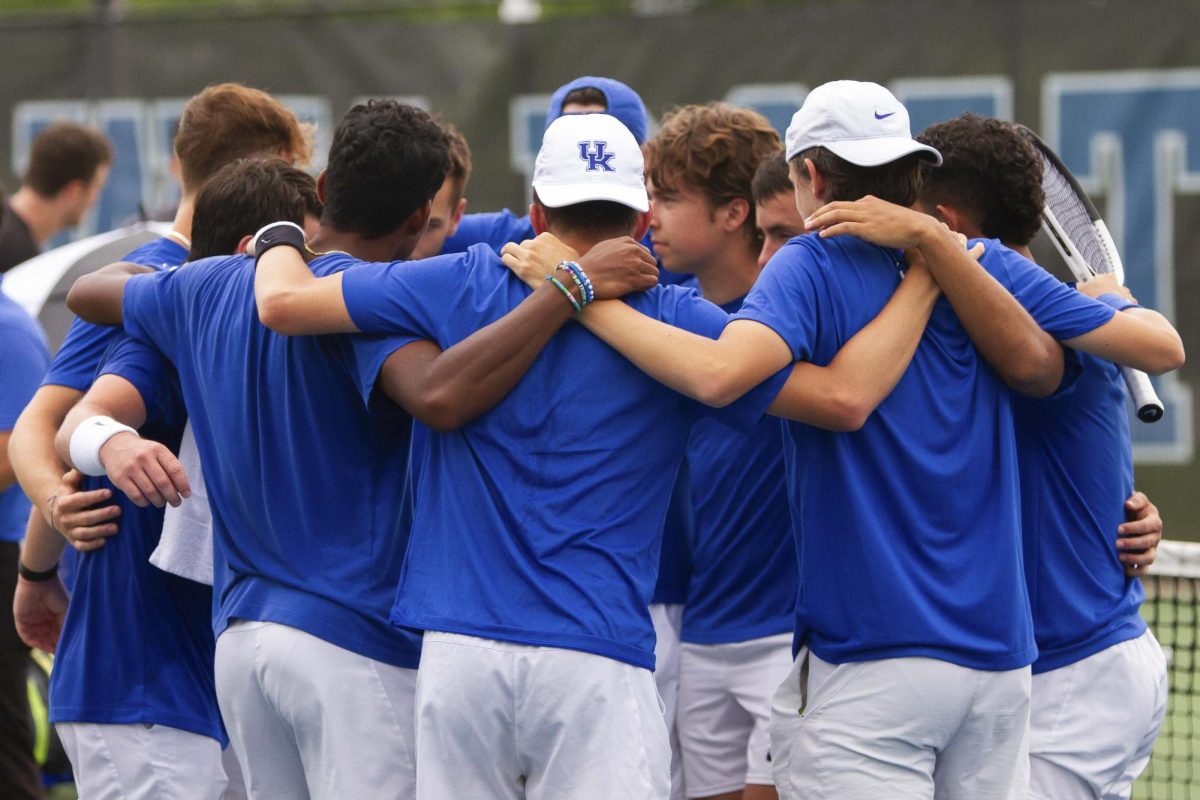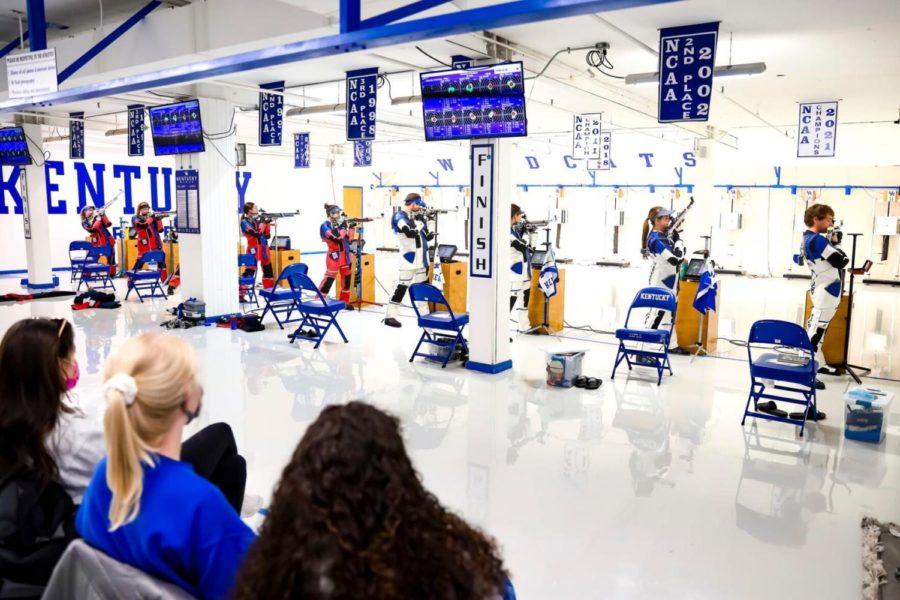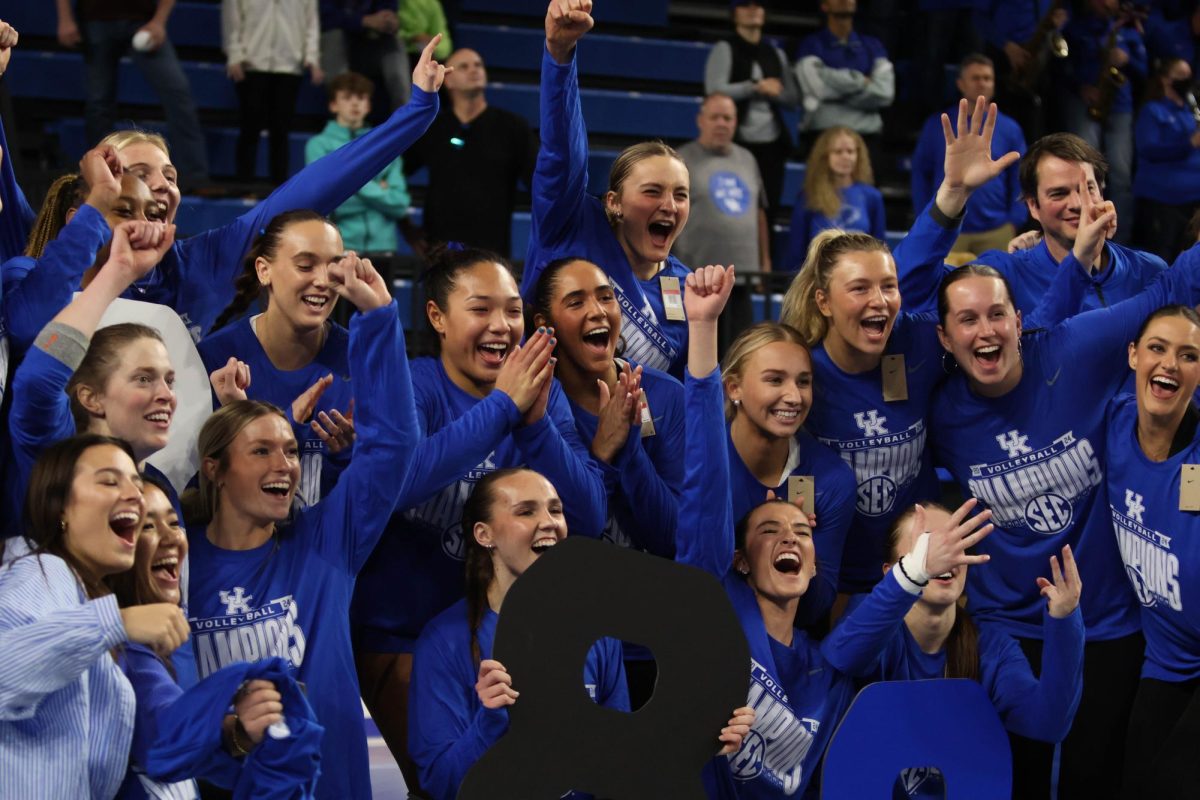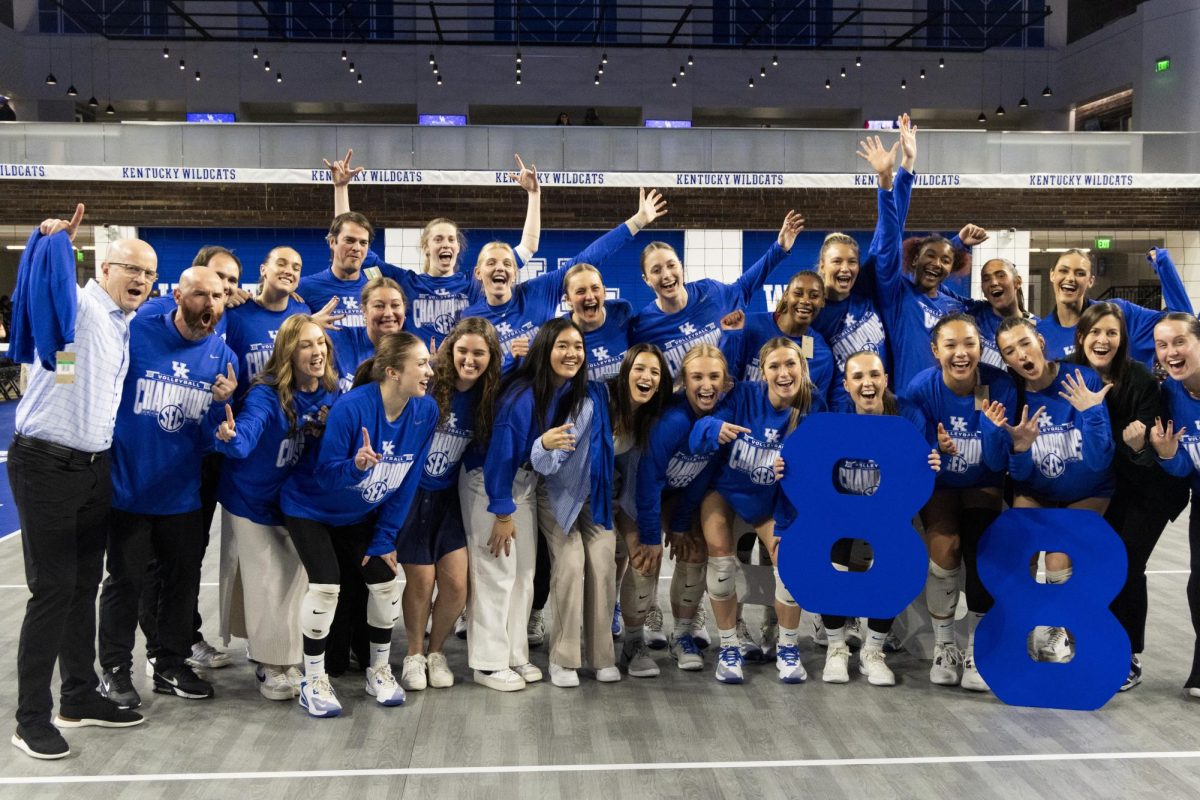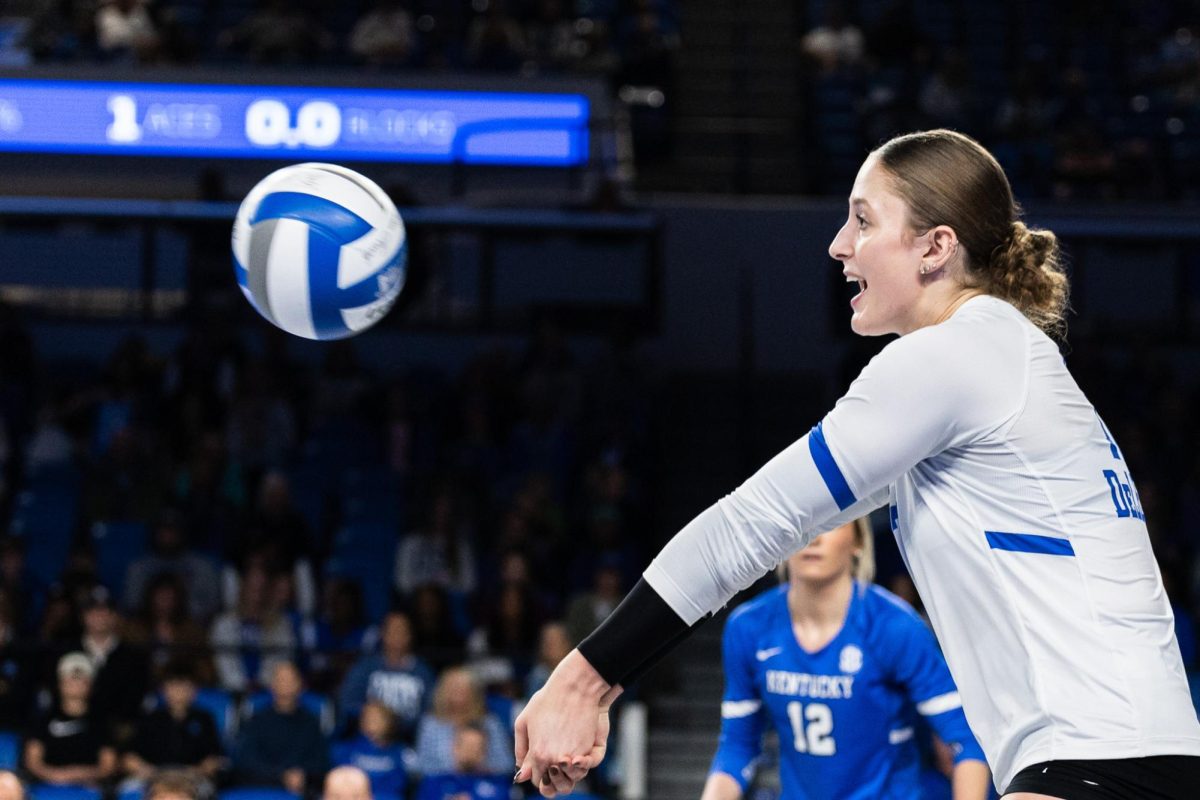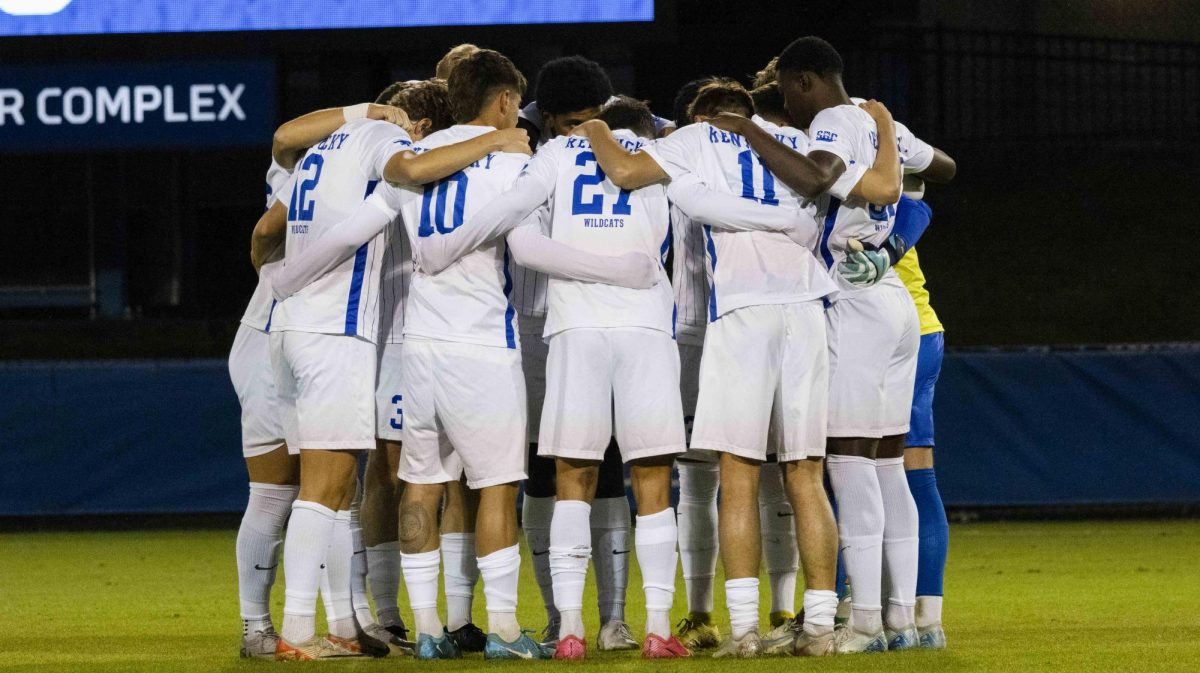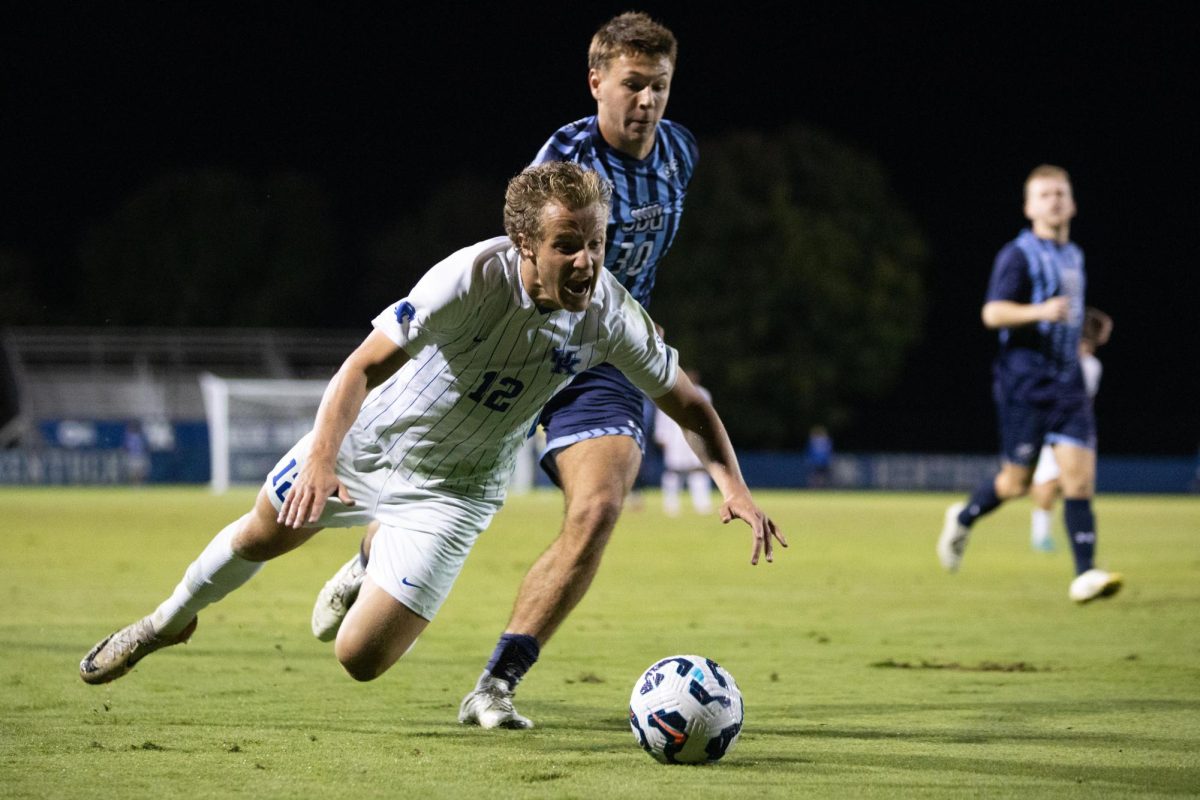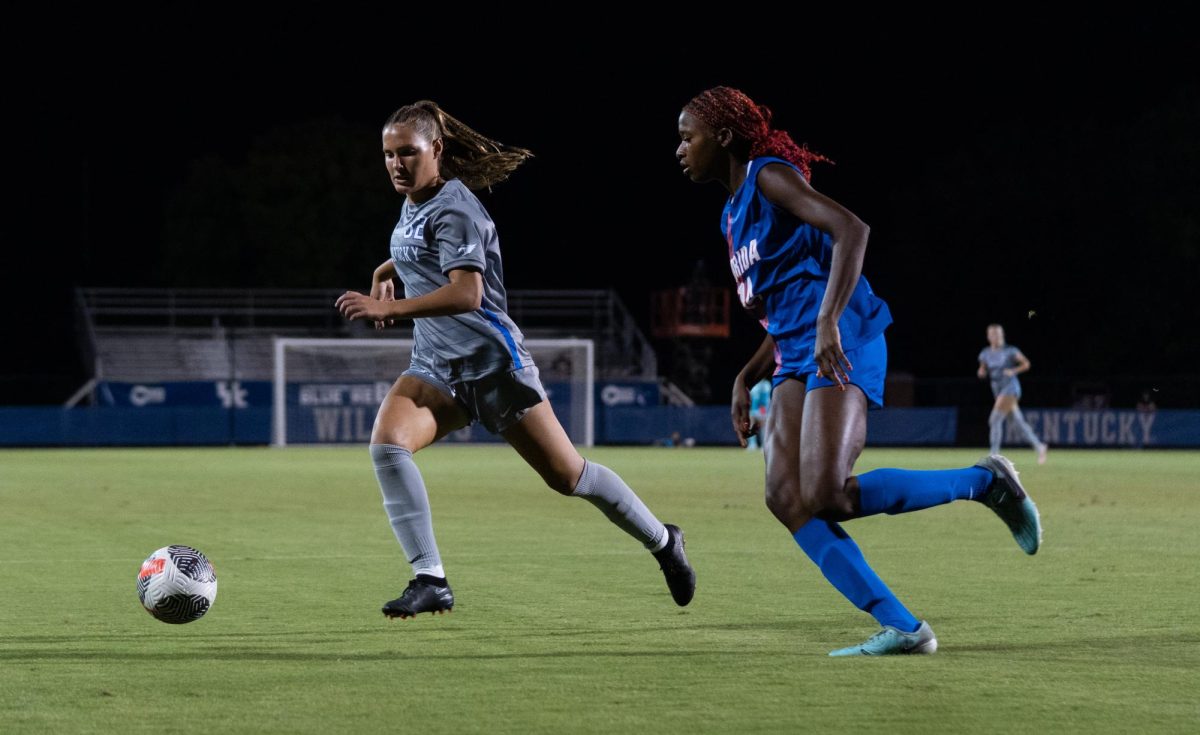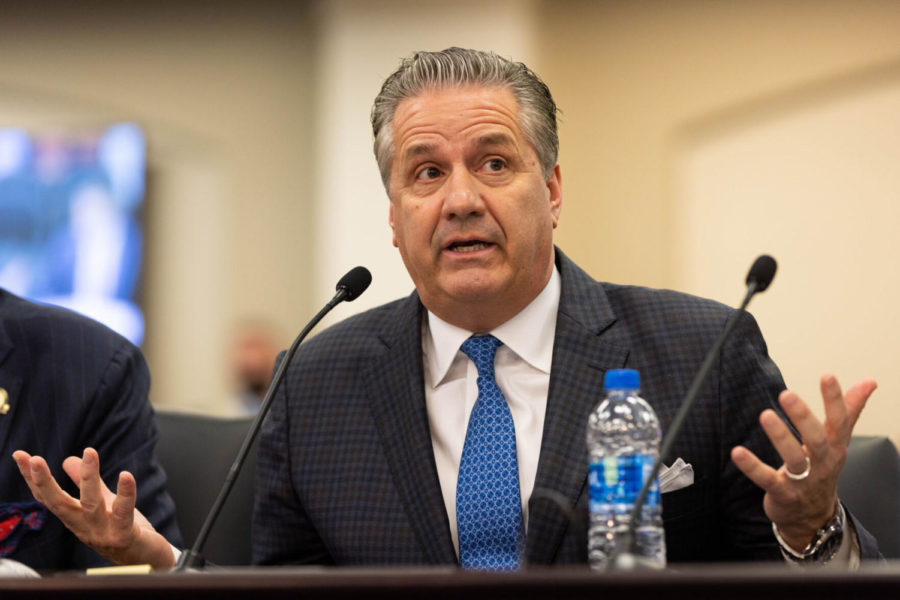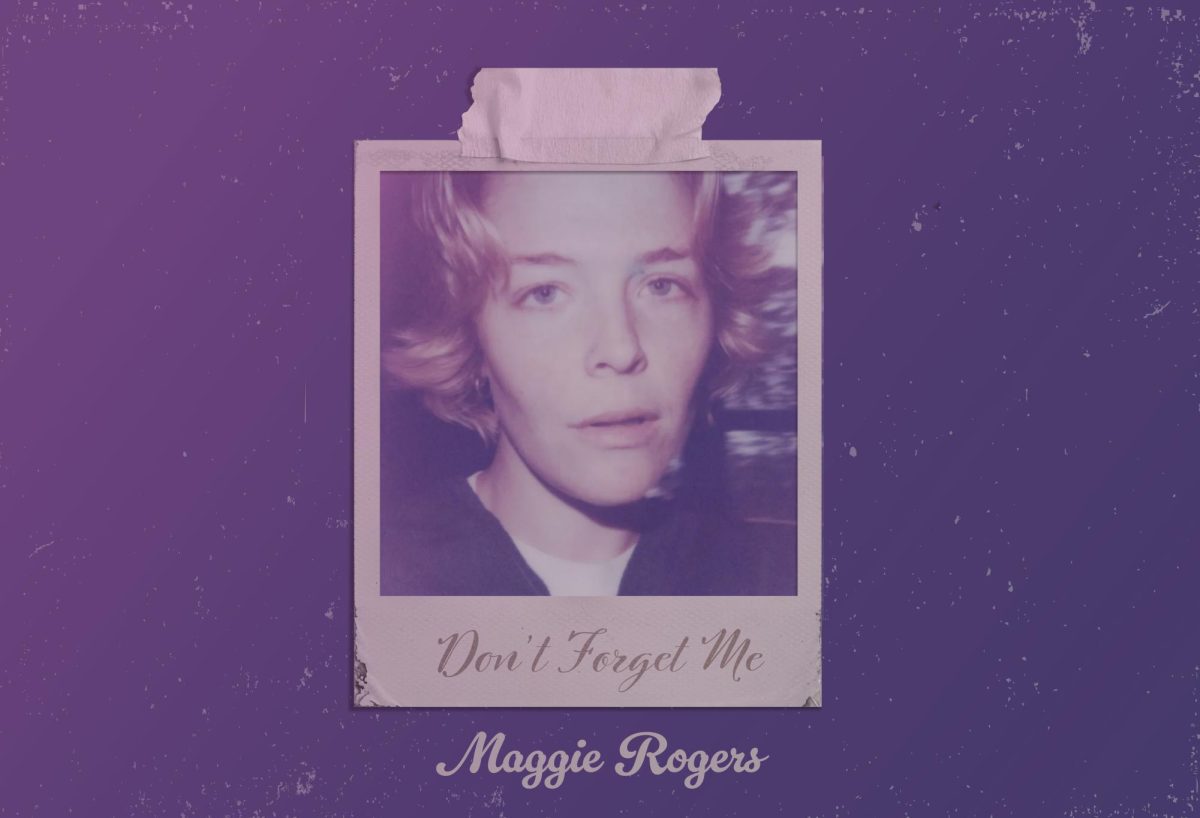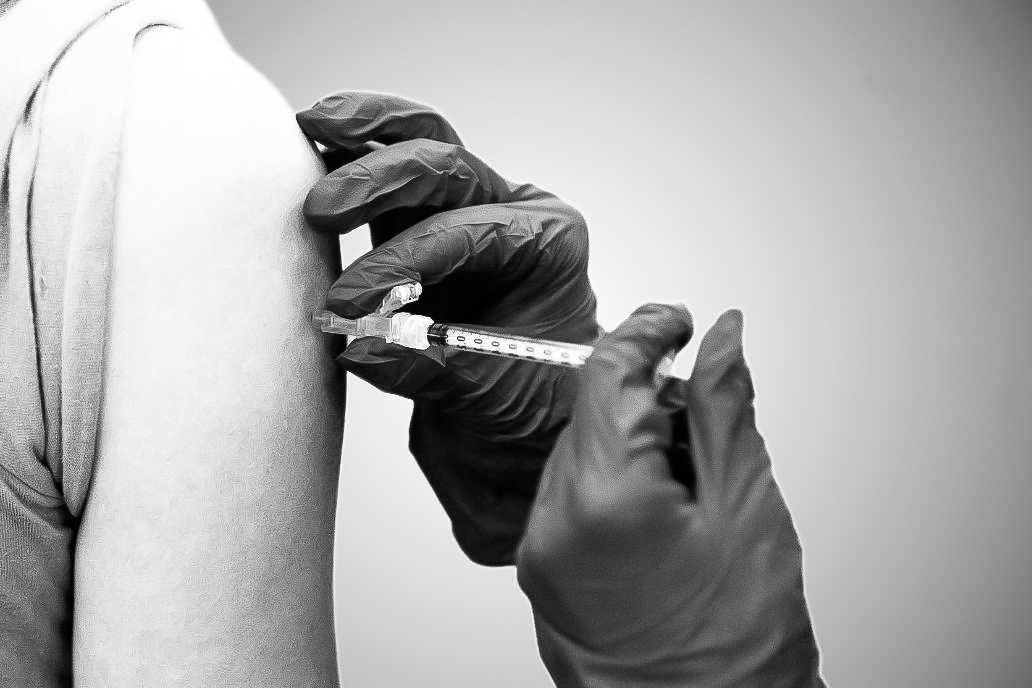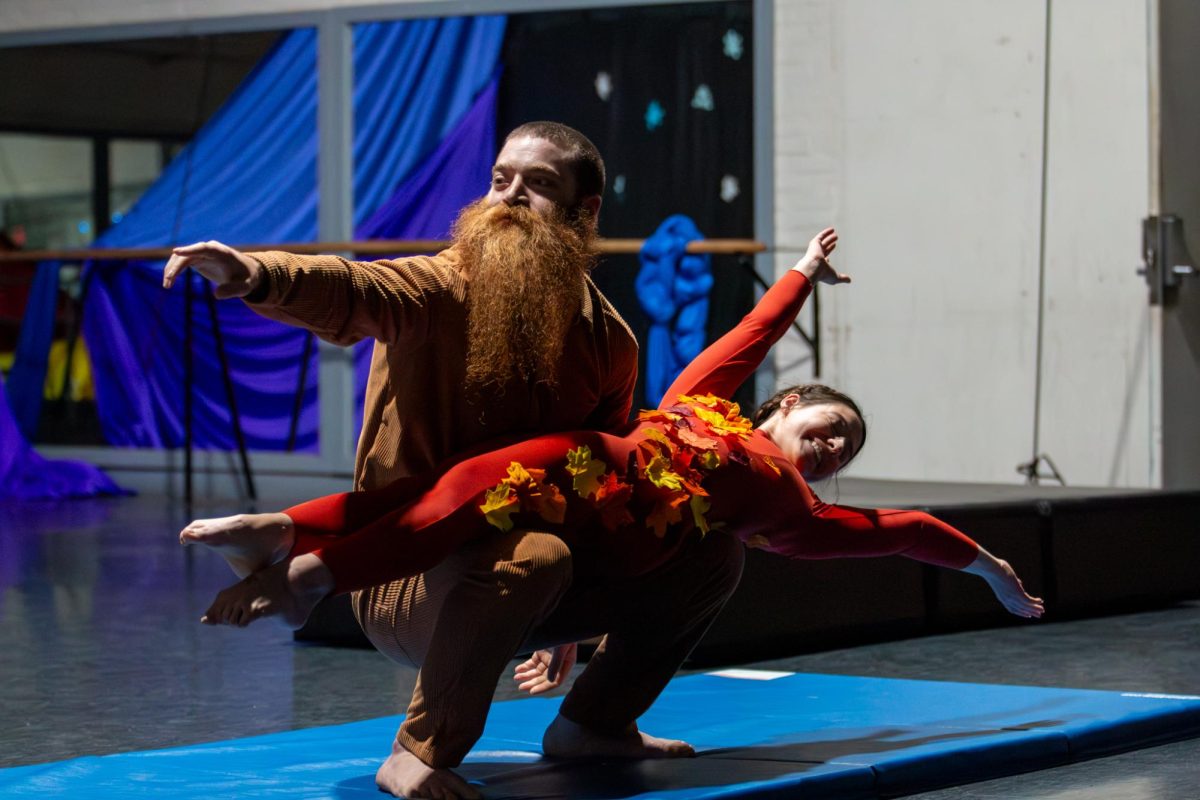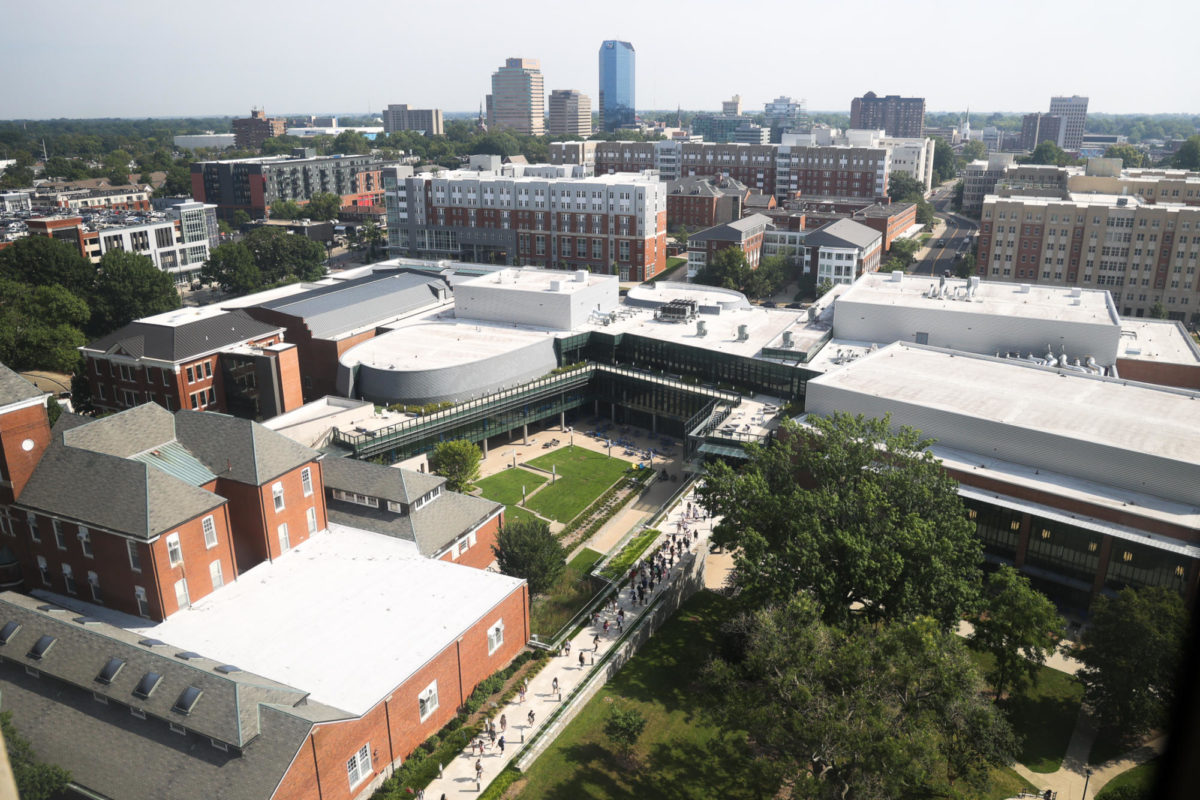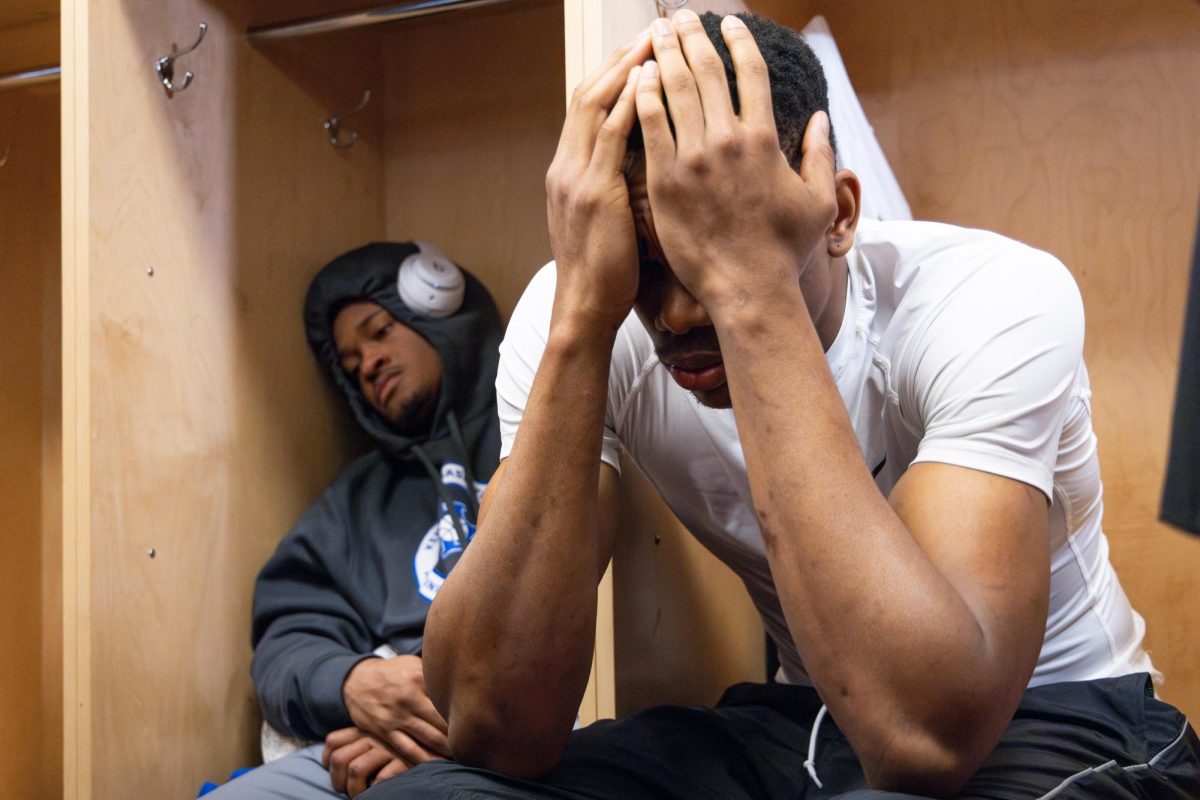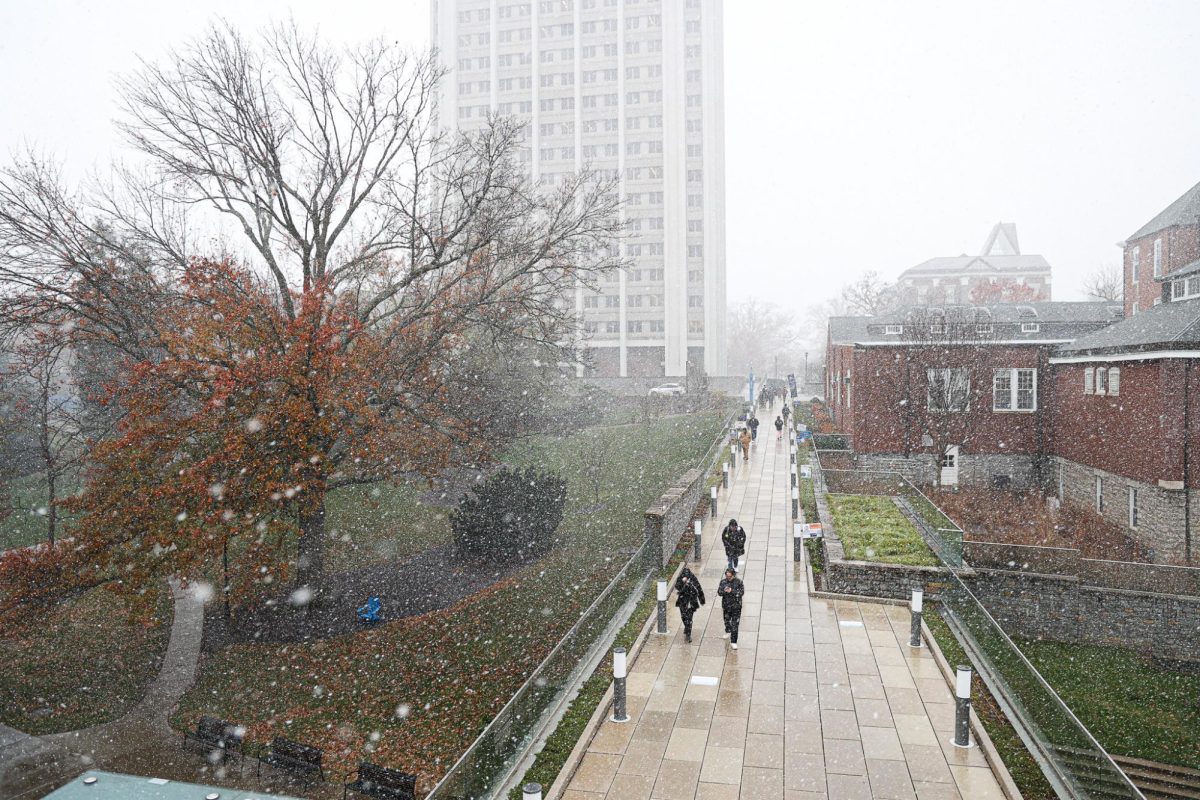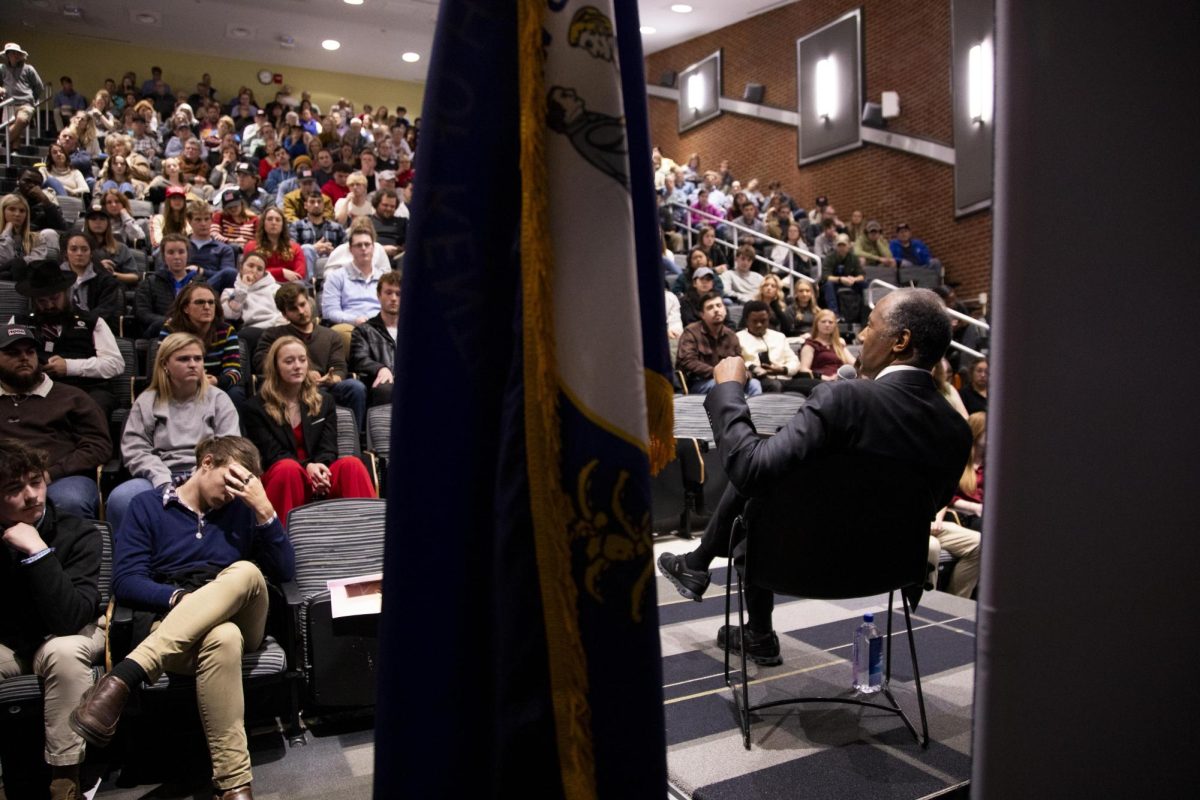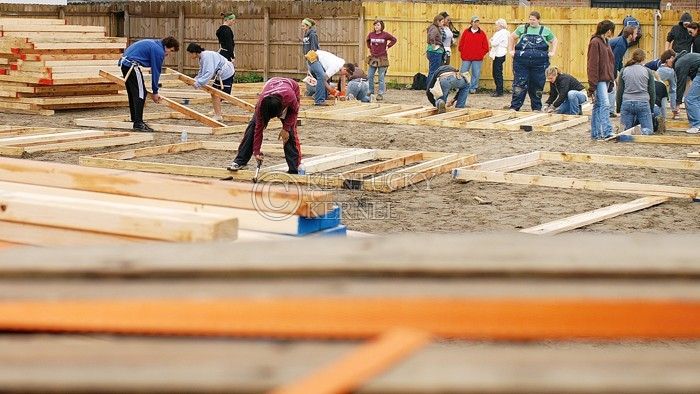Tough as nails: Habitat for Humanity students partner with New Orleans residents to keep hope alive
March 20, 2010
As a beige SUV carrying five men and one woman drove through New Orleans on Interstate 10 last week, orange light from a sunset fell across the skeletons of once-flooded homes. Broken glass and plywood littered overgrown yards. Stray dogs wandered through debris. Faded red spray paint denoting fatalities and flood levels lingered on rotting, water-stained walls.
Amid the destruction, new and remolded homes stood as a testament to the hope and resilience many feel in New Orleans. But in some parts of the city, hope is rare.
More than four years after Hurricane Katrina left much of the city in ruins, 12 members of UK Habitat for Humanity made the half a day drive to donate hours of their Spring Break to help heal scars and rebuild lives in The Big Easy. They joined more than 200 volunteers who spent Tuesday through Thursday painting and building walls for five, single-family houses.
“I believe that New Orleans has definitely been put on the back burner as far as tragedies that have happened recently … but there’s still a lot of work that needs to be done here, ” said Noah Brown, an economics senior who organized the UK Habitat trip. “There’s still a lot of people that don’t have suitable housing.”
Katrina left 80 percent of New Orleans underwater in 2005 and caused more than $88 billion in damage when more than 50 levees failed in the face of the hurricane. According to the Louisiana Department of Health and Hospitals, 1,464 people lost their lives in New Orleans during the hurricane.
The hodgepodge of UK Habitat volunteers came front different backgrounds, majors and political beliefs, but each felt compelled to help New Orleans continue to recover.
To be eligible for a home through Habitat, a family must apply. If selected, they make a $500 down payment on a no-interest loan. The family must contribute 300 hours of “sweat equity” to the organization helping build other houses. When the loan is paid, the family owns the home.
“To be able to build your own house is very empowering,” Brown said. “When you build something with your own hands, you realize all the little things that have to go in to making the project complete … you understand it a lot better and you treat it a lot better.”
One step forward
On Wednesday, Larry Washington got a new lease on life.
In one of the hardest-hit neighborhoods in New Orleans, Washington’s new, red house stood among countless abandoned homes with sagging roofs and missing walls. He fought back tears as a Habitat for Humanity representative handed him the key to his home and gave him a hug.
“Without (Habitat for Humanity), I couldn’t be here right now today,” said Washington, a life-long New Orleans resident. “I love you all.”
Washington, his 8-year-old son, Shane, and 15-year-old daughter, Lori, fled to Atlanta as the hurricane ravaged their home and neighborhood. Washington and his son recently returned to New Orleans, but his daughter is still in Atlanta.
Though his house is empty save for walls and carpet, Washington said he couldn’t wait to fill his new home with family and furniture. He hopes to be a model for others in New Orleans.
Jim Pate, executive director of the New Orleans Area Habitat for Humanity, said three Habitat branches have built more than 500 houses around New Orleans. He said Habitat is not a disaster relief organization, but he believes the presence and effort of volunteers has made a significant difference in the wake of Katrina.
“I will continue to volunteer as I have been doing in the past because just because I live here doesn’t mean it stops with me,” Washington said. “There are still a lot of people who need help.”
Washington was presented with gifts of tools, a Bible, flowers, wine, bread and the key to his home. Each gift symbolized a Habitat value such as hard work, faith and companionship.
Then Pate and the volunteers blessed the house, and Washington unlocked the door to his new beginning.
One step back
Two lots down from a nearly finished, yellow-sided house with hundreds of volunteers scurrying to make it a home a few miles from Washington’s new house, Bridgett Robinson watched. Her husband, Walter Robinson, carried the last armload of possessions from her flood-ravaged home and put them in a borrowed red pickup truck. Five years after Katrina and she still looks lost.
More than a year ago, the Robinsons, all life-long New Orleans residents, signed with a contractor who promised to completely remodel their home and fix the flood damage. After leveling the partly collapsed foundation and fixing the roof, the contractor left without warning, taking the money the Robinsons had fronted.
“Now I’m in the process of trying to figure out how I’m going to get some more money to finish my house,” Bridgett Robinson said. “I’m just getting all my stuff out to move into an apartment.”
After the hurricane, Bridgett Robinson and her family moved to Arlington, Texas, to follow her job. She moved back in 2007 to find her house with six feet of water damage and possessions destroyed. Her family moved to an apartment and started to rebuild, but starting over proved to be harder than expected.
“I felt discouraged, messed up,” Bridgett Robinson said. “We hired a no-good contractor and we’re still not in our home.”
Even as Bridgett and Walter Robinson look through their empty, ruined home, they find hope for the future. Bridgett Robinson knows exactly where the new kitchen will be and Walter Robinson has plans for the bedrooms.
“As soon as I get some money I’m going to get to work on it myself,” Walter Robinson said. “The hardest thing is transporting the materials. You can’t carry wood on a bus.”
Bridgett Robinson said she is fighting to get her money returned, but she knows of many others who have hired contractors only to have them leave without completing the job.
Continuing progress
On Flake Street, the road where the UK Habitat volunteers work and the Robinsons call home, 28 of the 73 houses are destroyed, abandoned or uninhabitable. Surrounding businesses and neighborhoods are deserted.
But progress has been made. Walter Robinson estimates the clean up for New Orleans is about 40 percent complete, and he and his wife think the area can return to a pre-Katrina status.
Habitat for Humanity shares that mindset.
Pate said the goal of the organization is to eliminate poverty housing, but in the wake of Katrina, Habitat’s role in the community had expanded significantly.
“We lost in the area over 165,000 housing units, so I’ve got great job security for the next few years,” Pate said. “… But it wasn’t the hurricane. This was a man-made disaster due to poor design, poor construction and poor maintenance (of the levees).”
Brown, who volunteered in New Orleans just months after Katrina, said what Habitat can accomplish is nothing short of phenomenal, witnessing a group of unskilled volunteers united under a purpose nearly completing an entire house in less than a week.
“There was still water standing when I came down last time,” Brown said. “Several years later it’s definitely a lot cleaner, but you can still tell that there’s a lot of stuff that needs to be done. It’s going to be years before it’s done.”
But when the beige SUV carrying UK Habitat volunteers rolls across the New Orleans city limits destined for Kentucky, the city will have a few more houses. And a little more hope, too.

